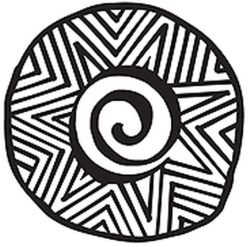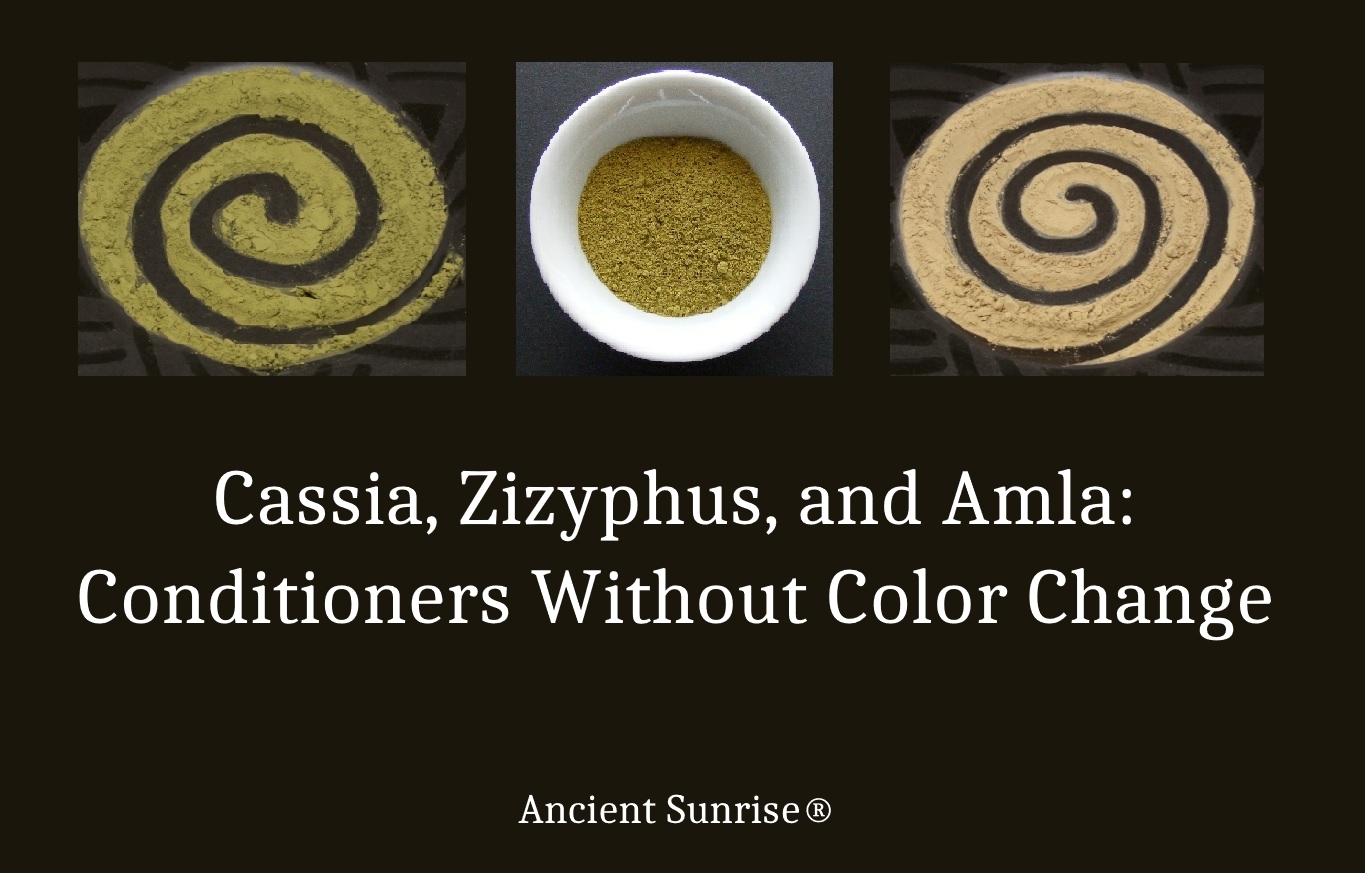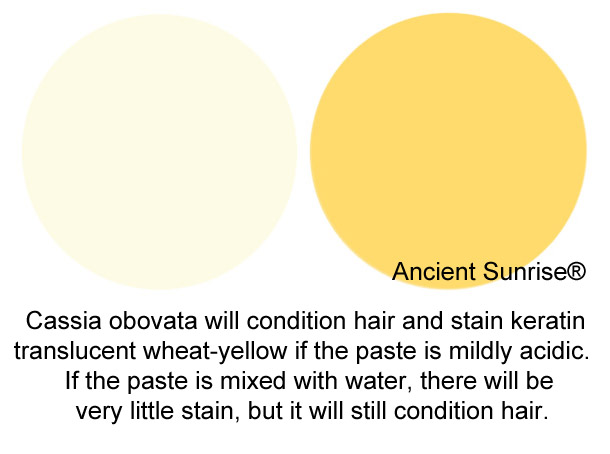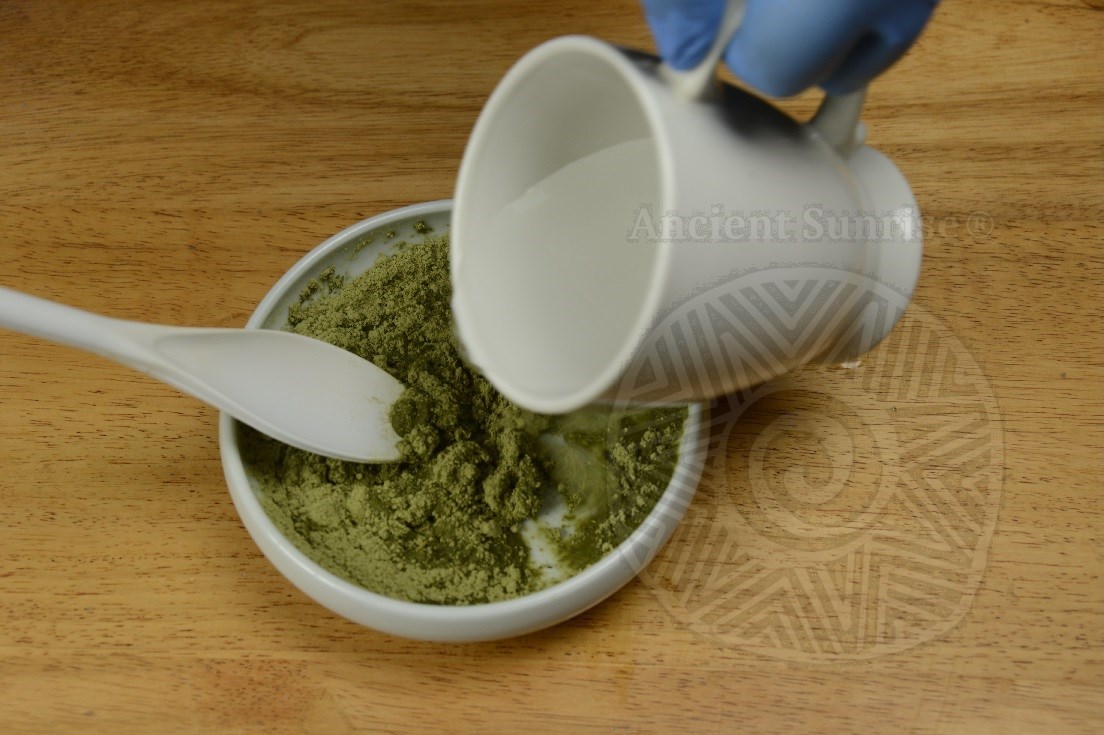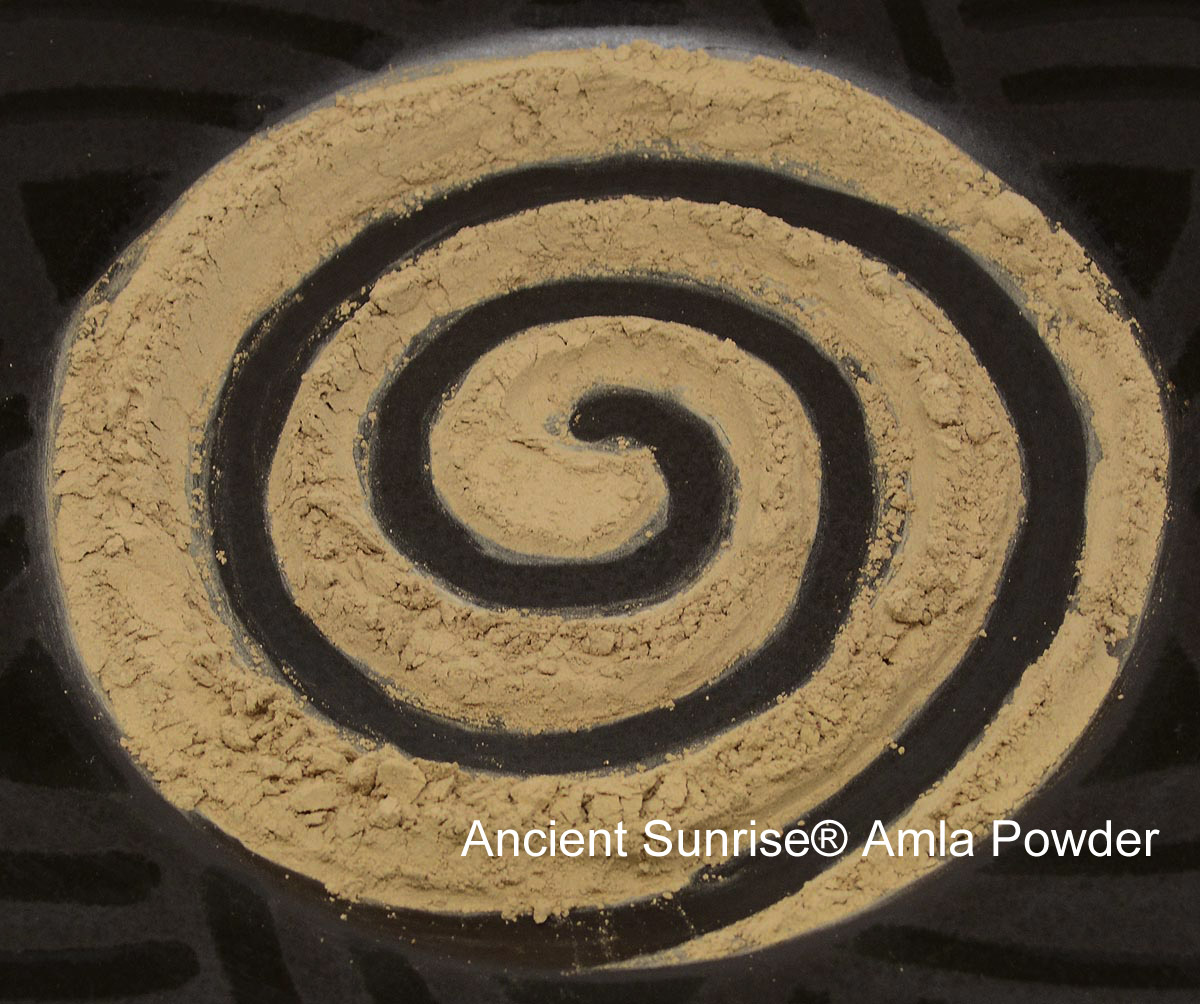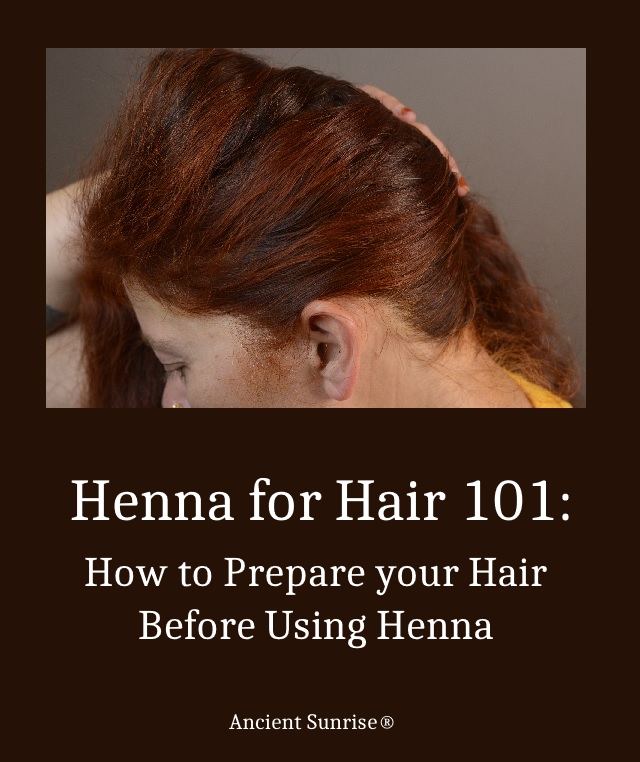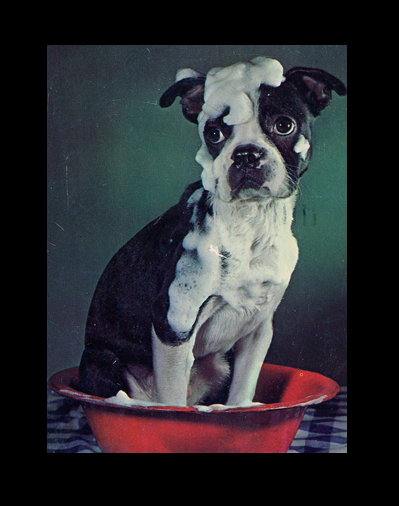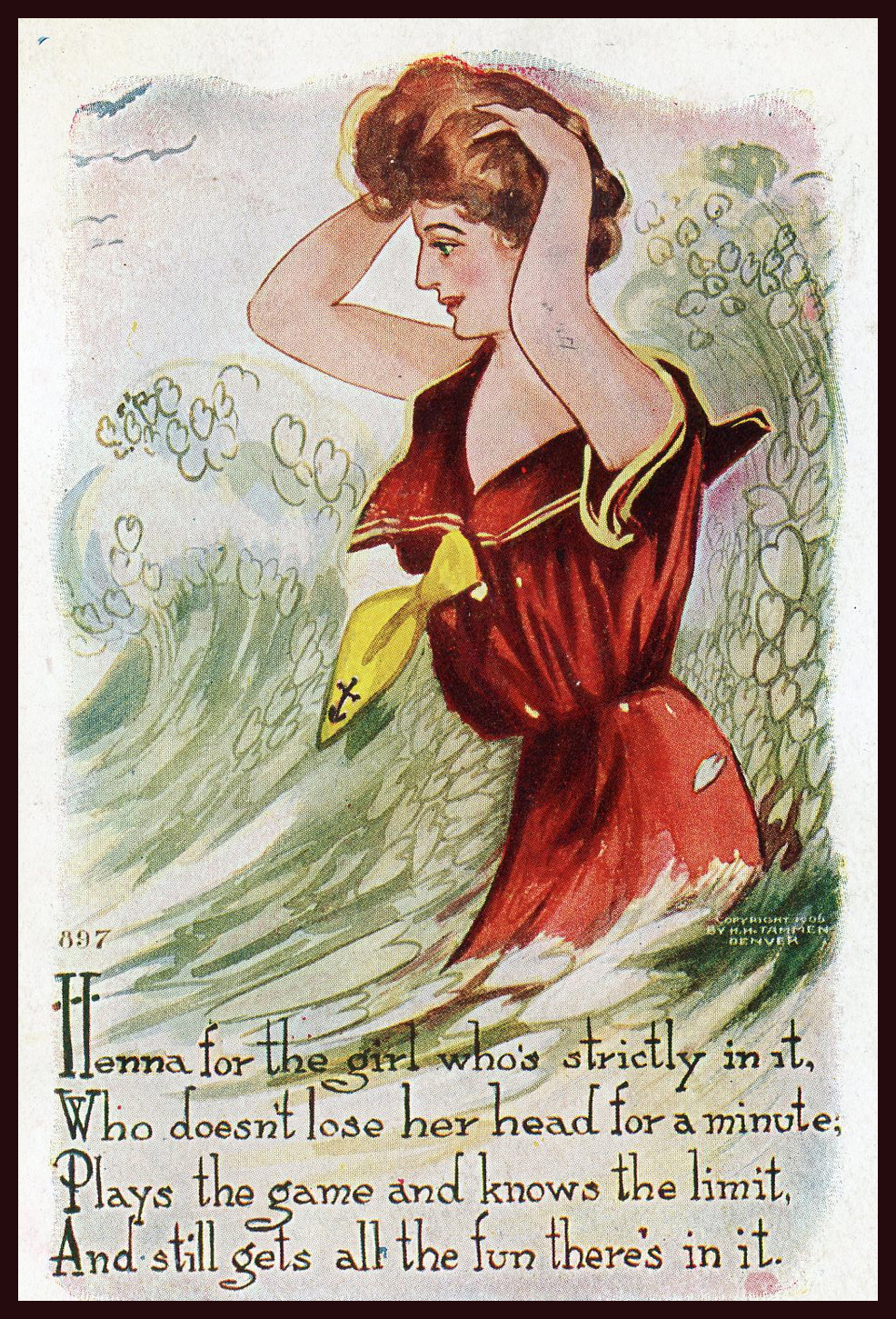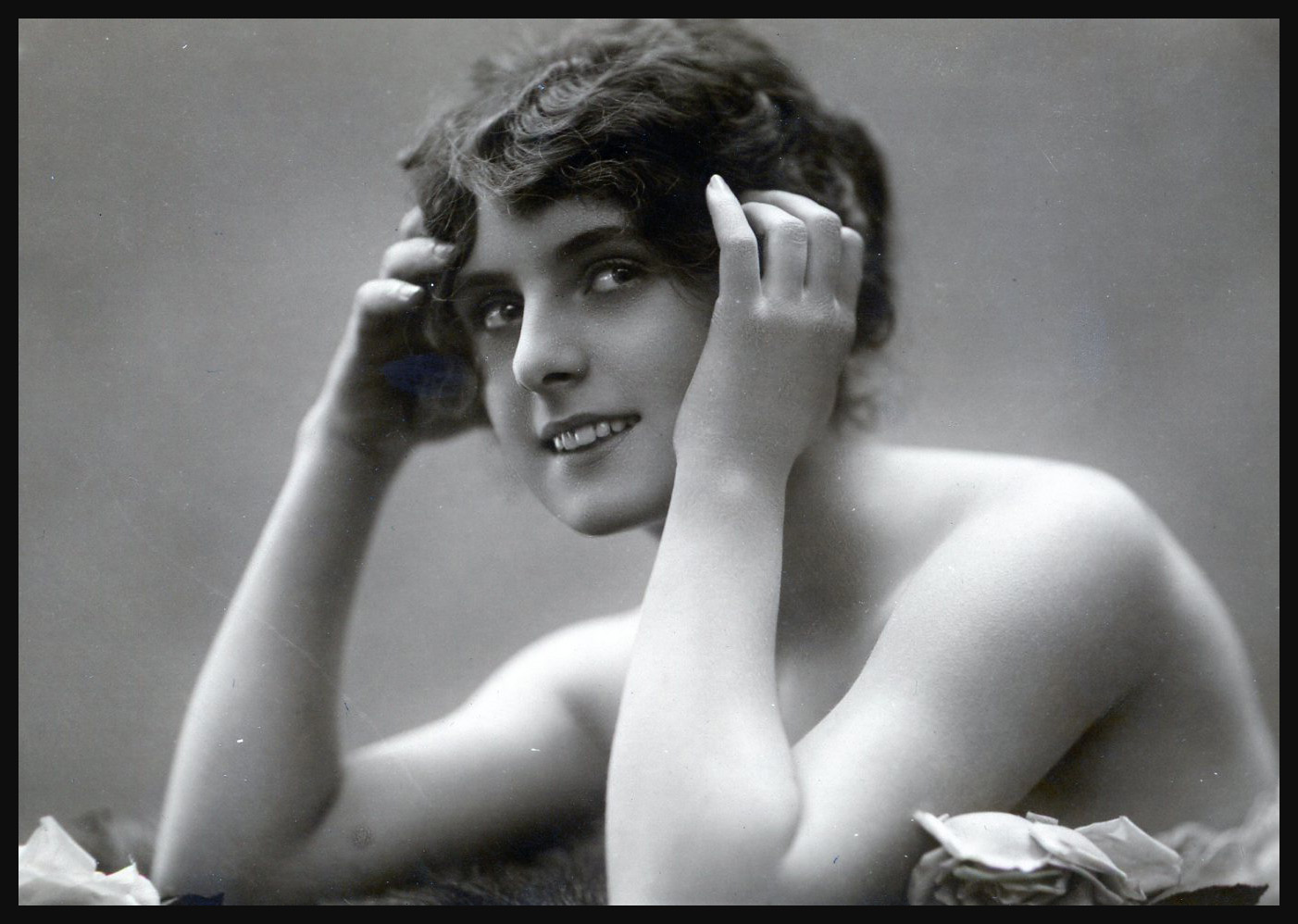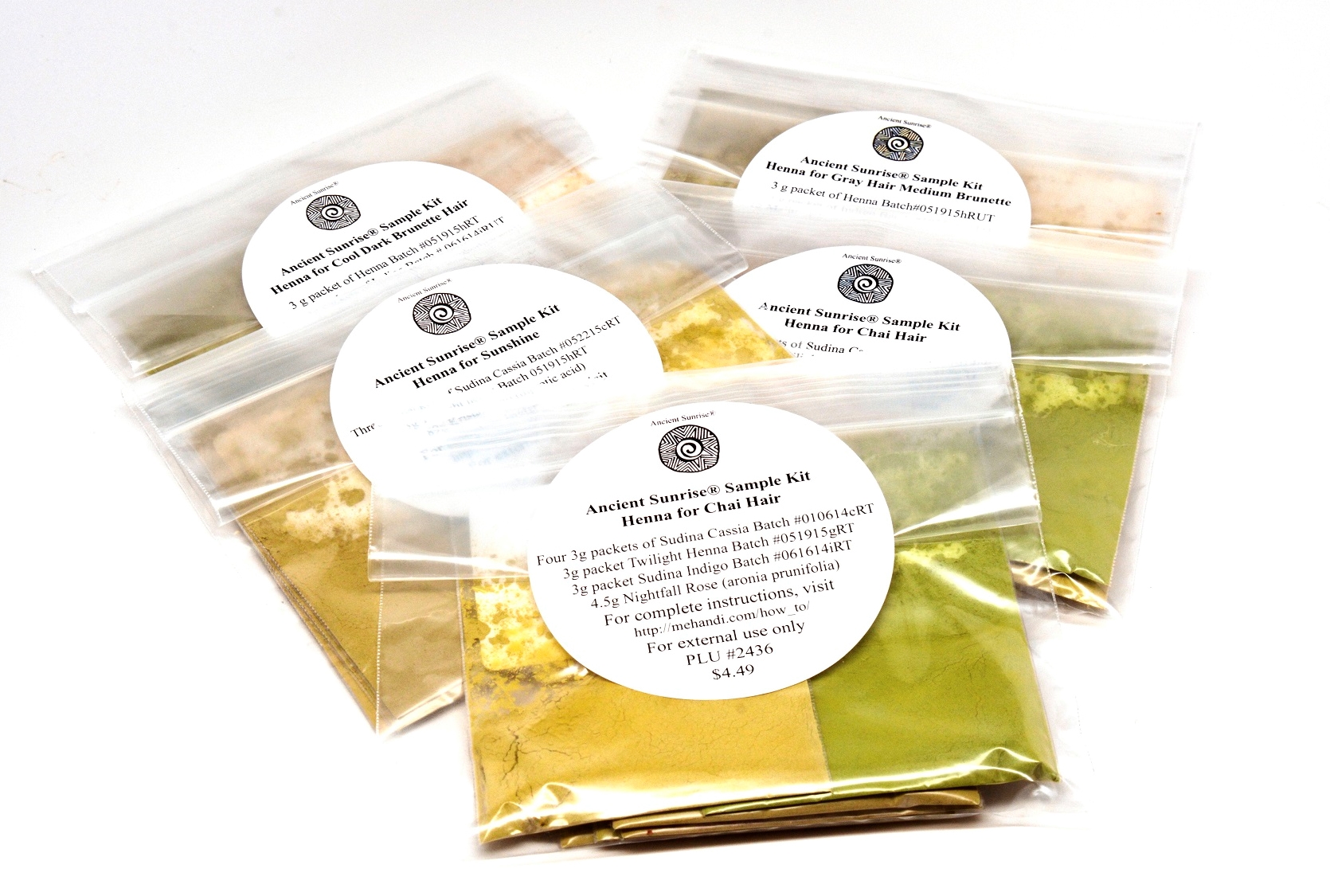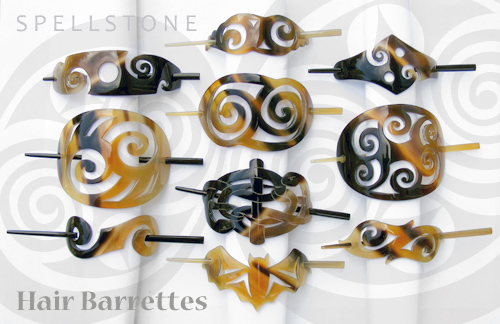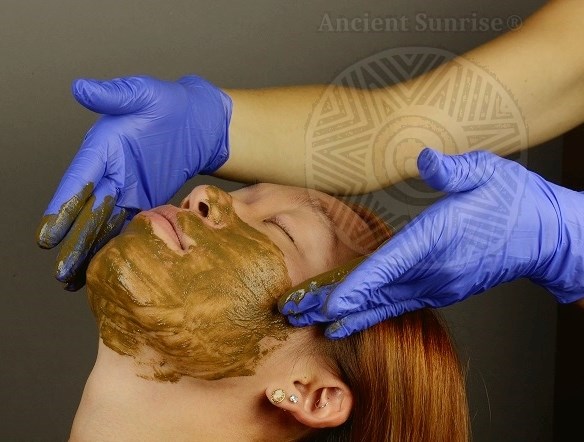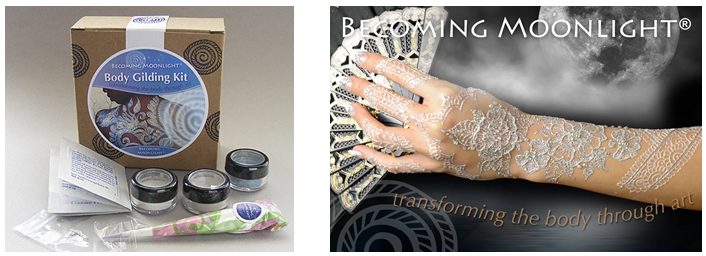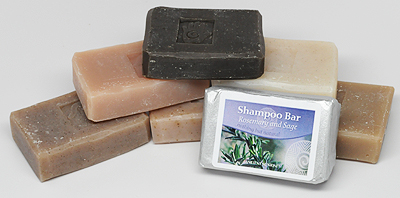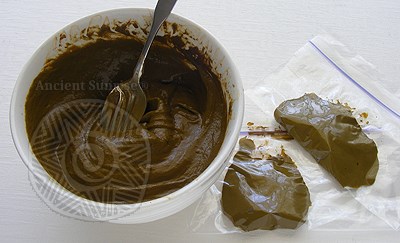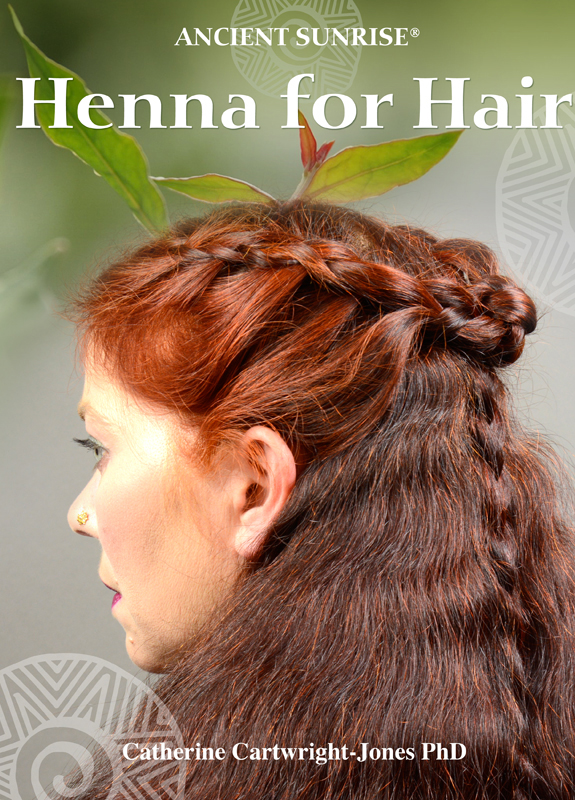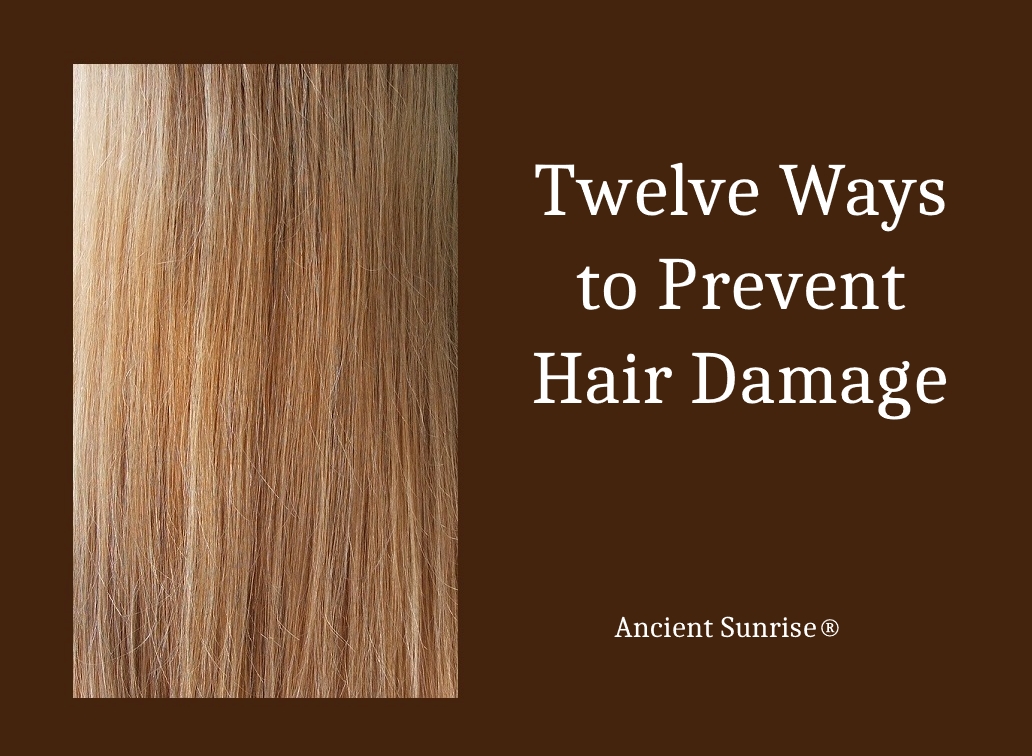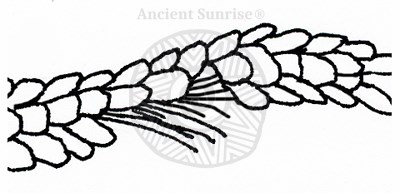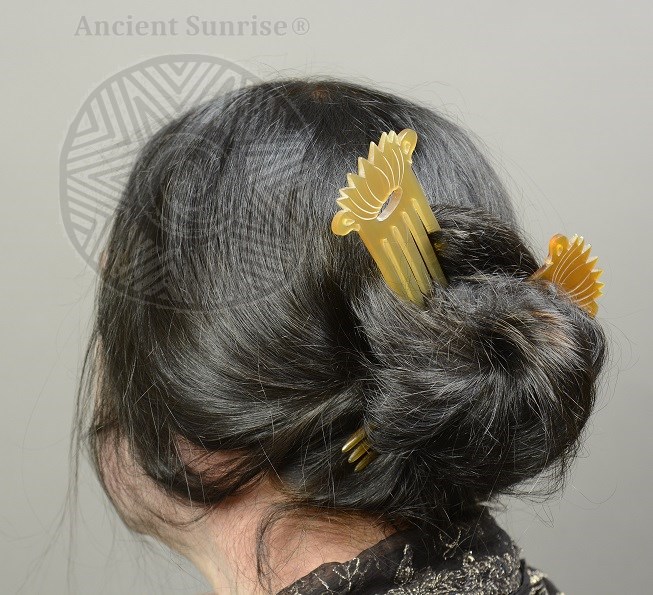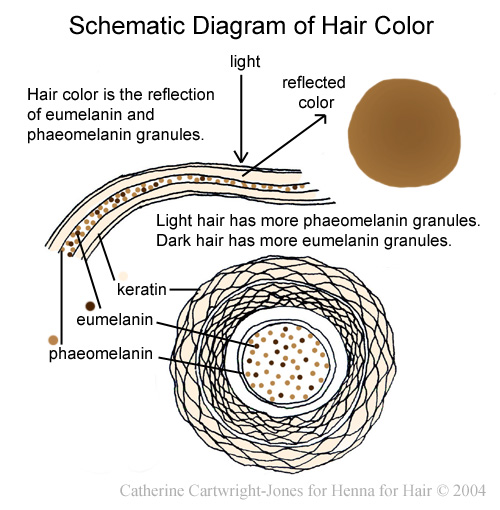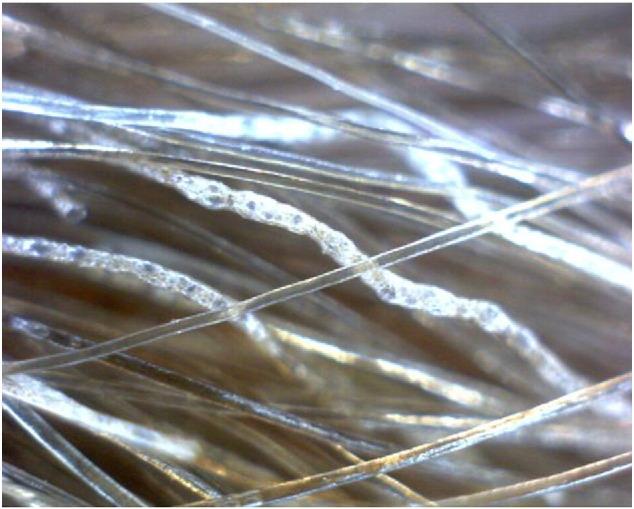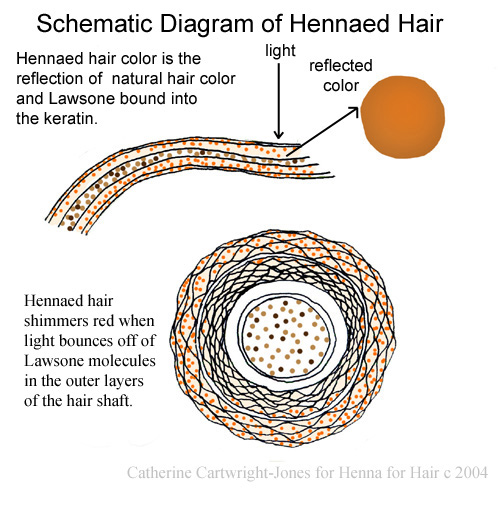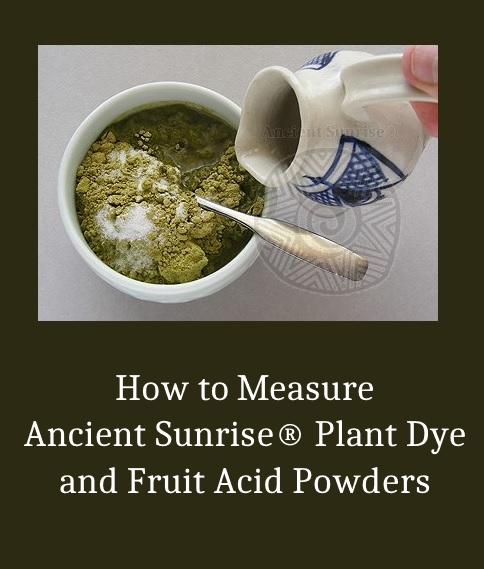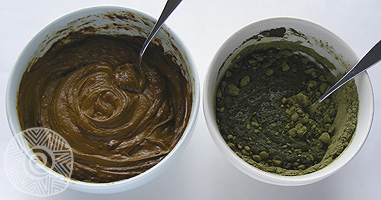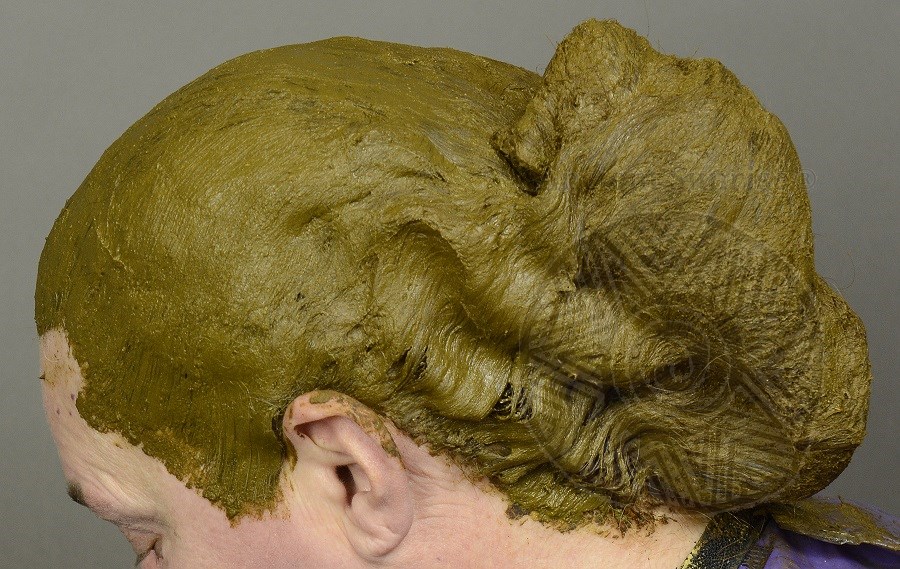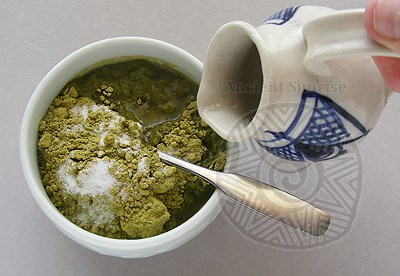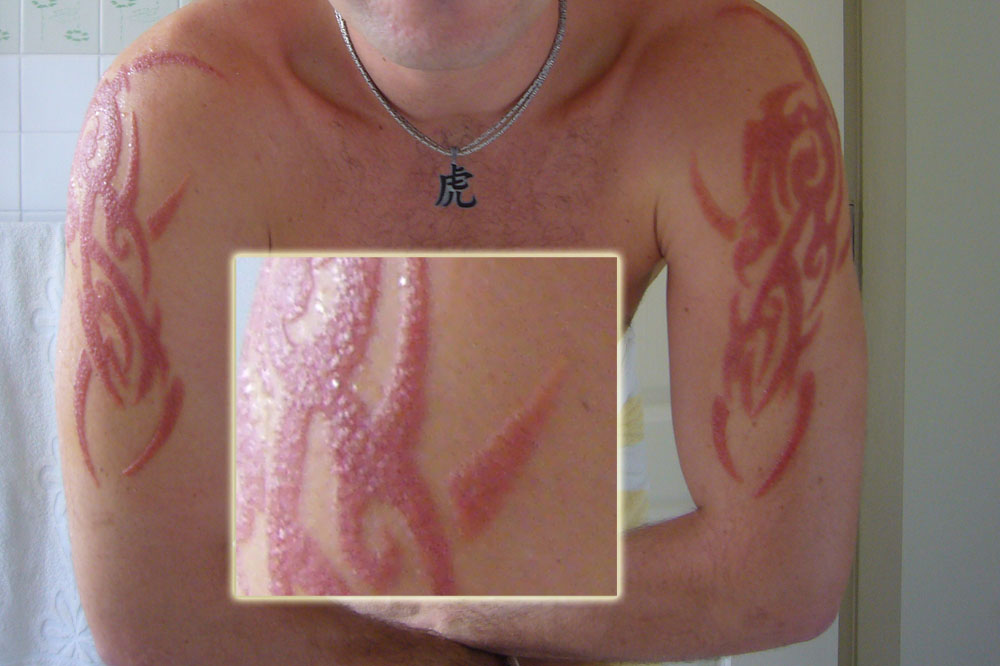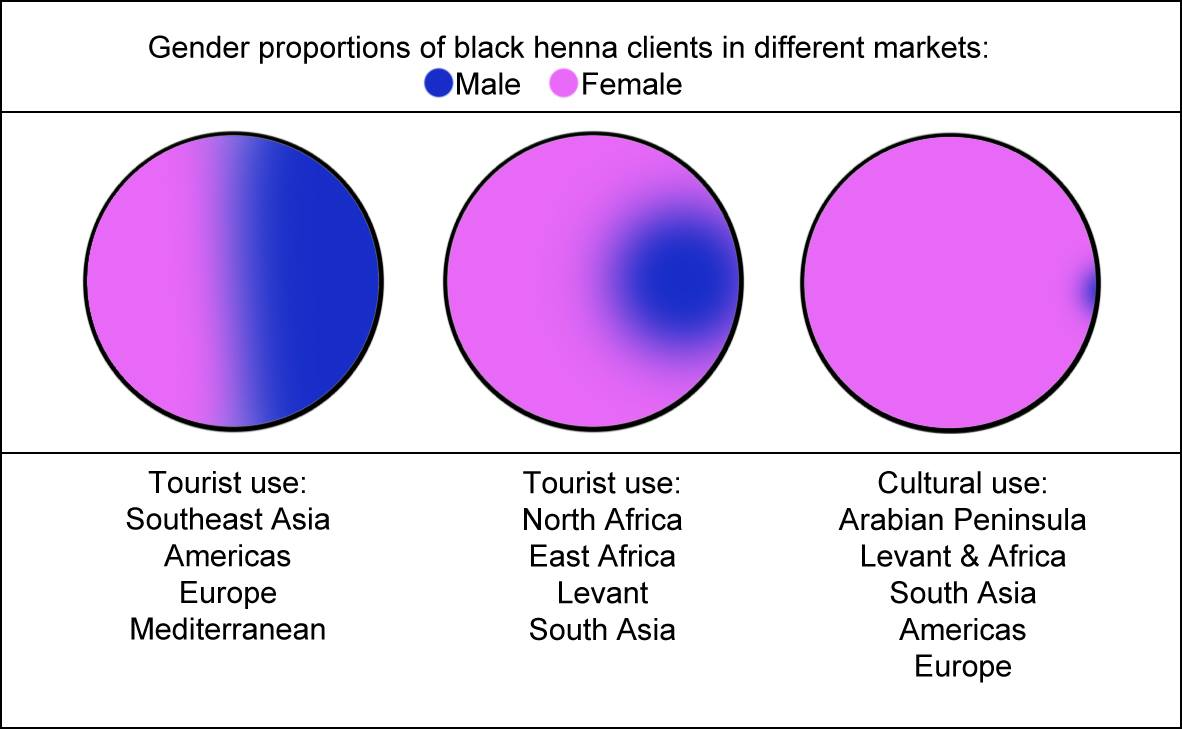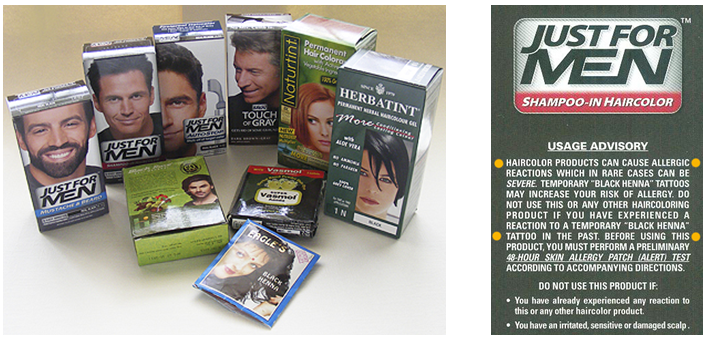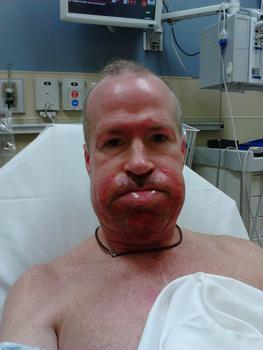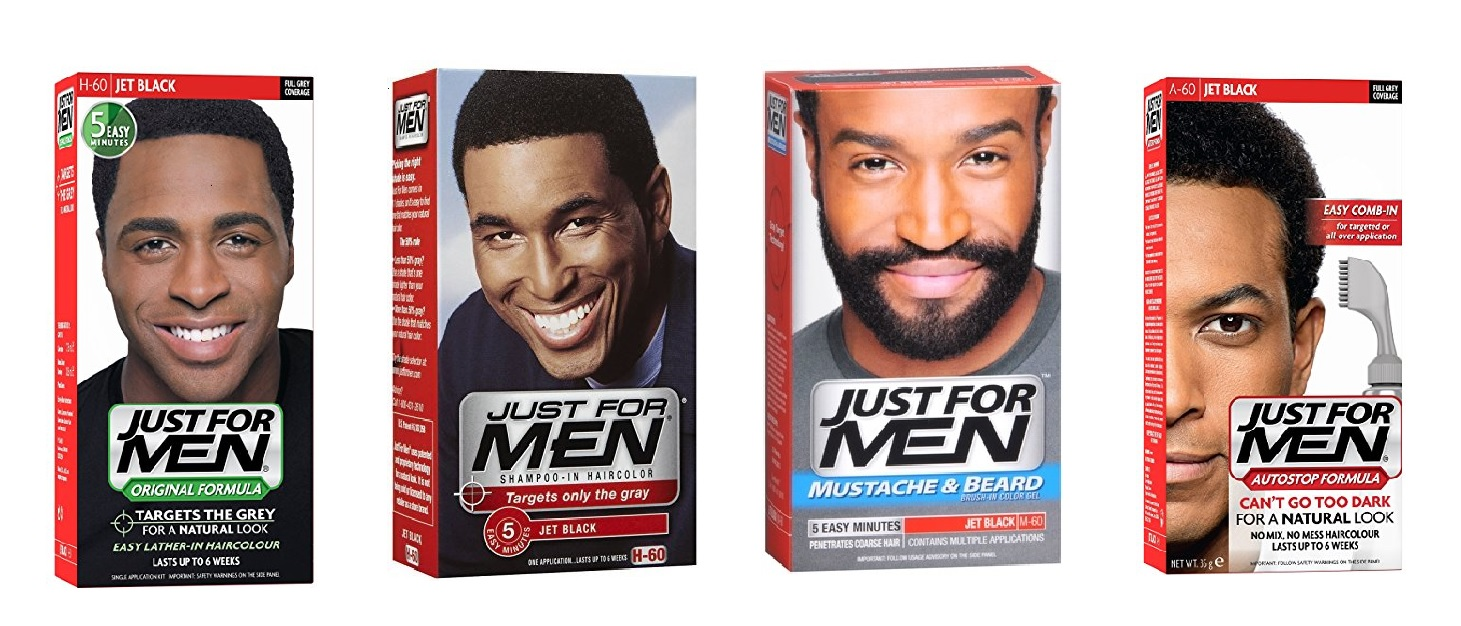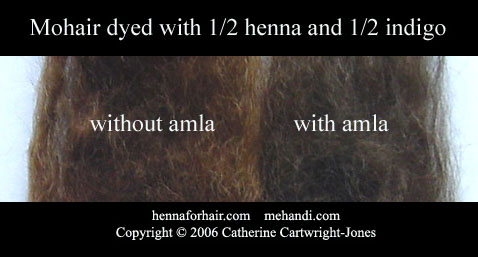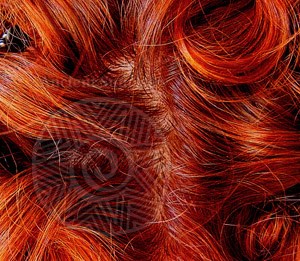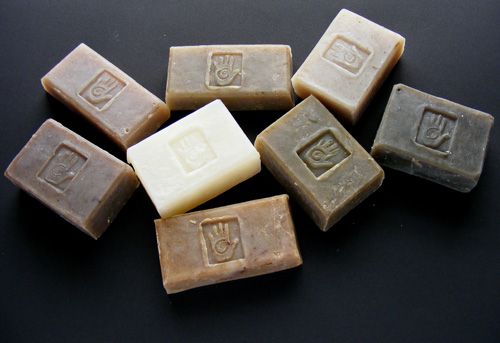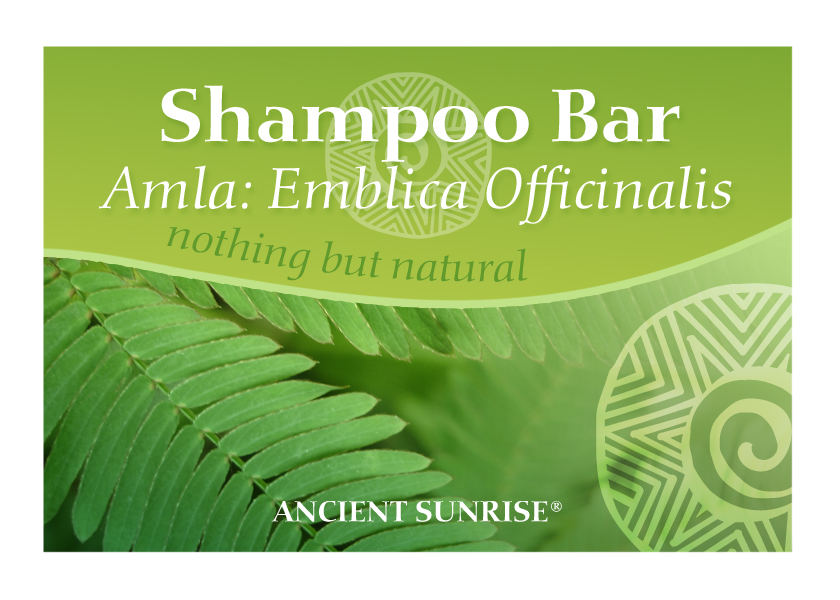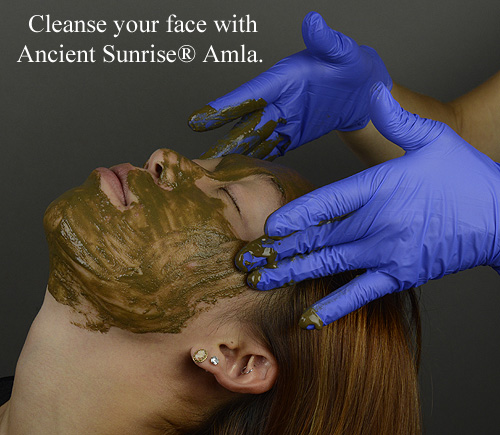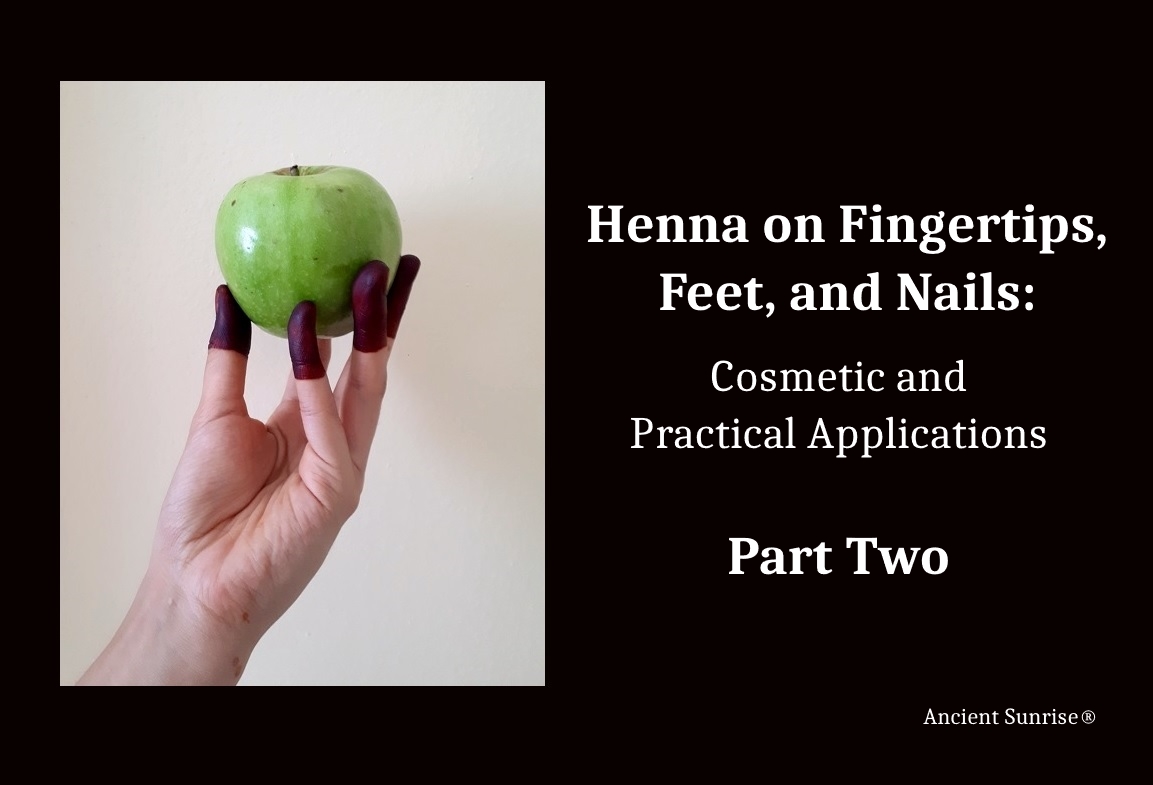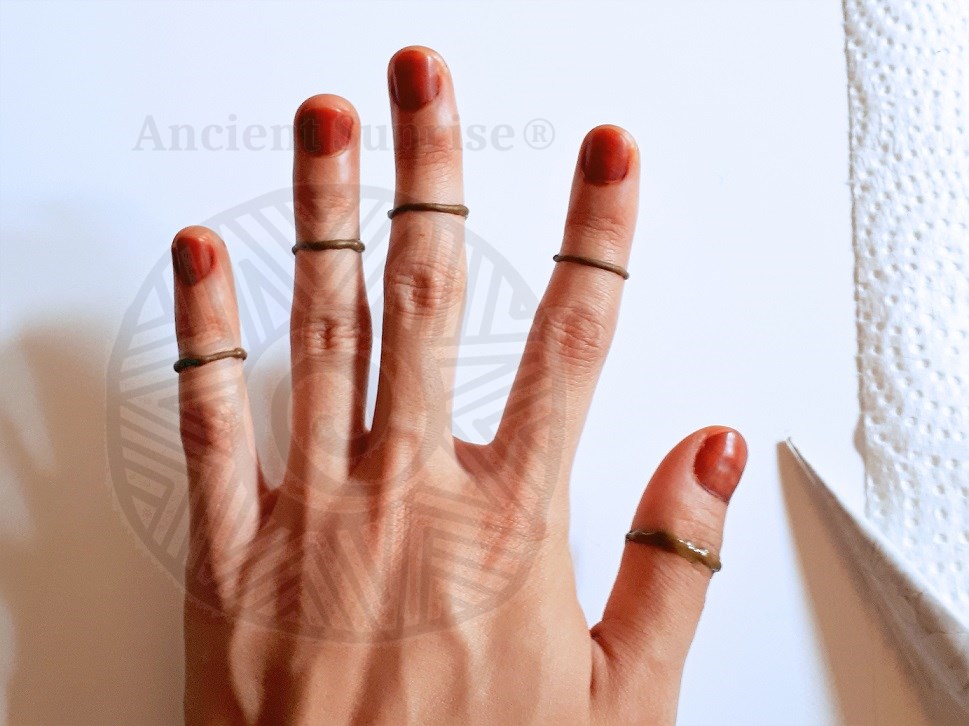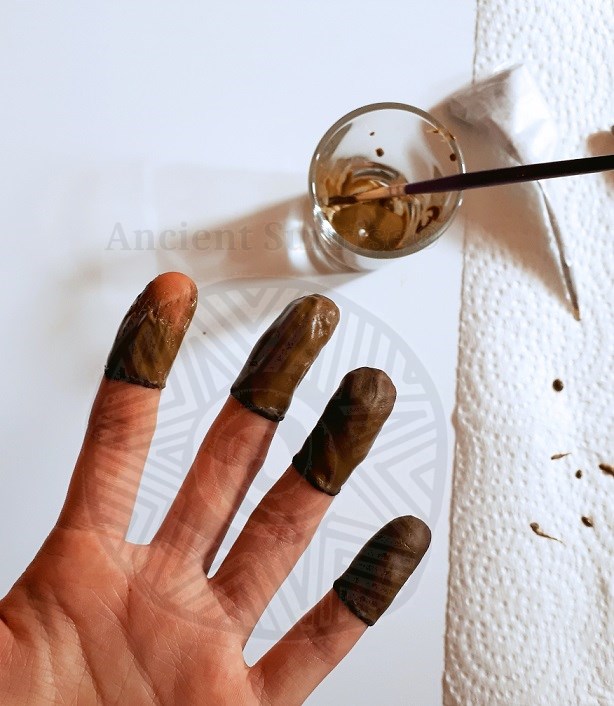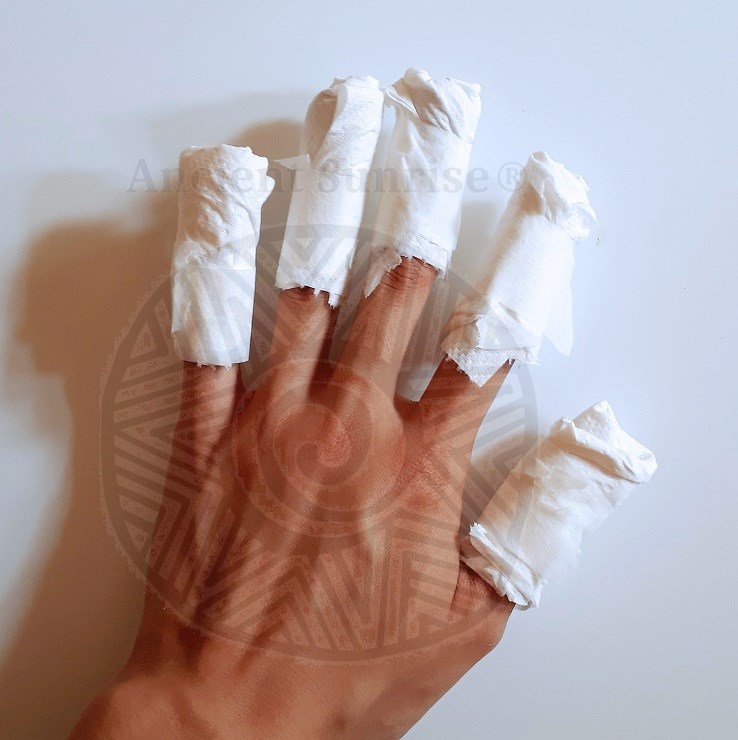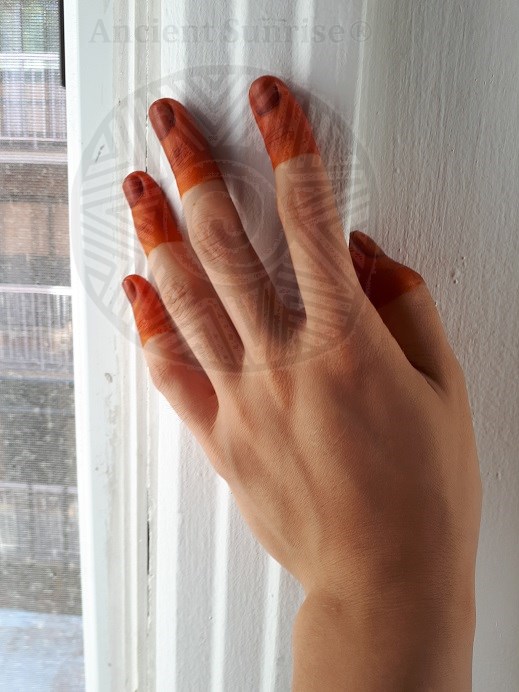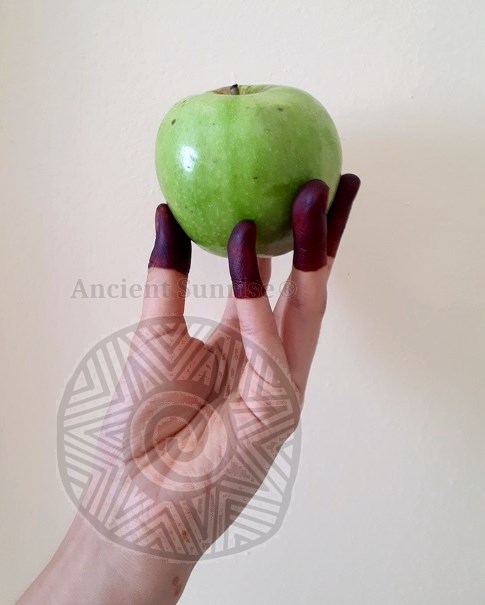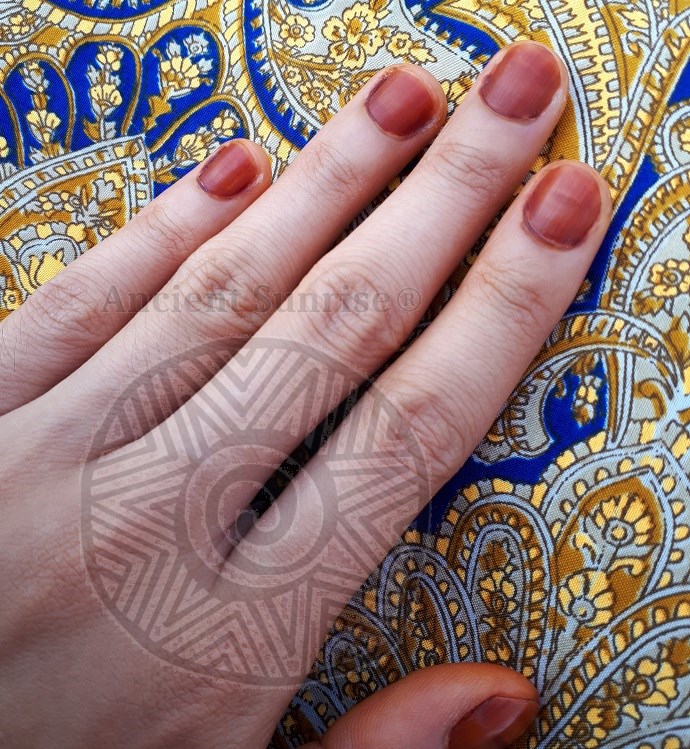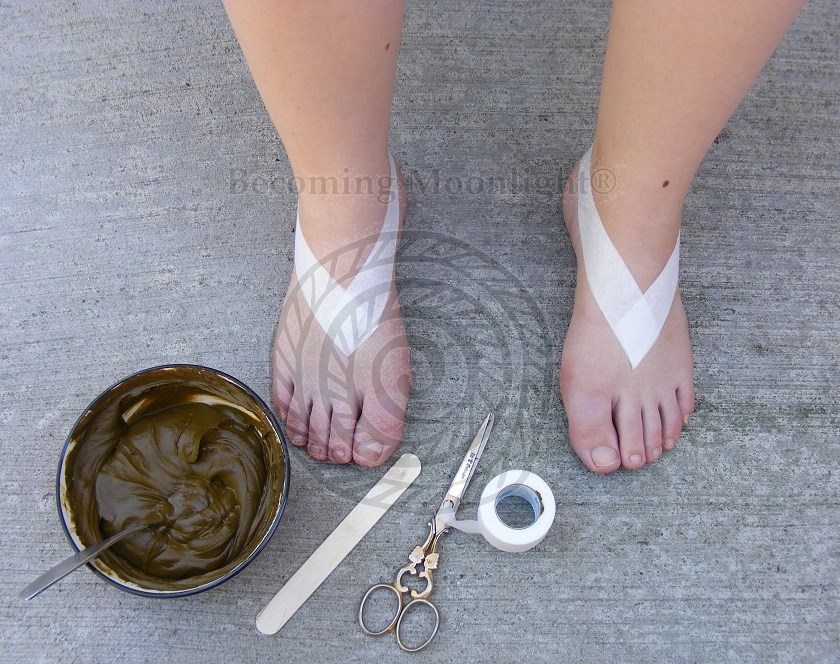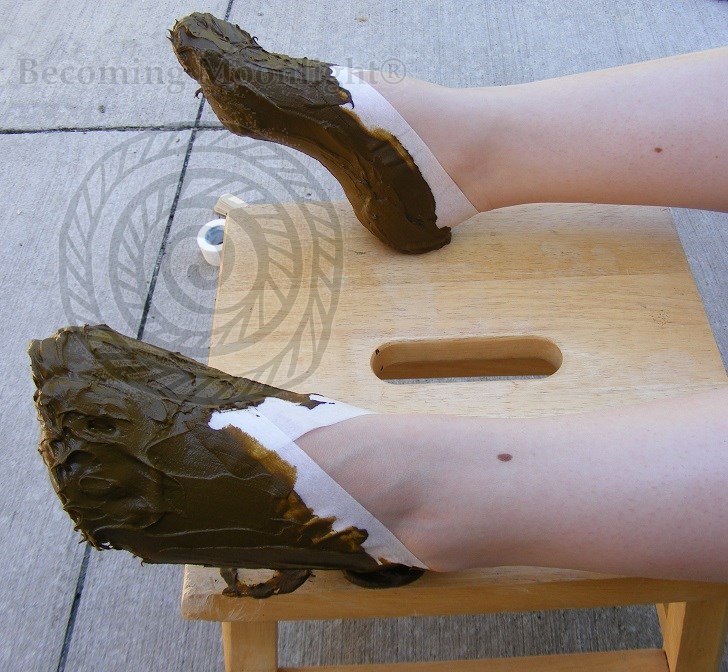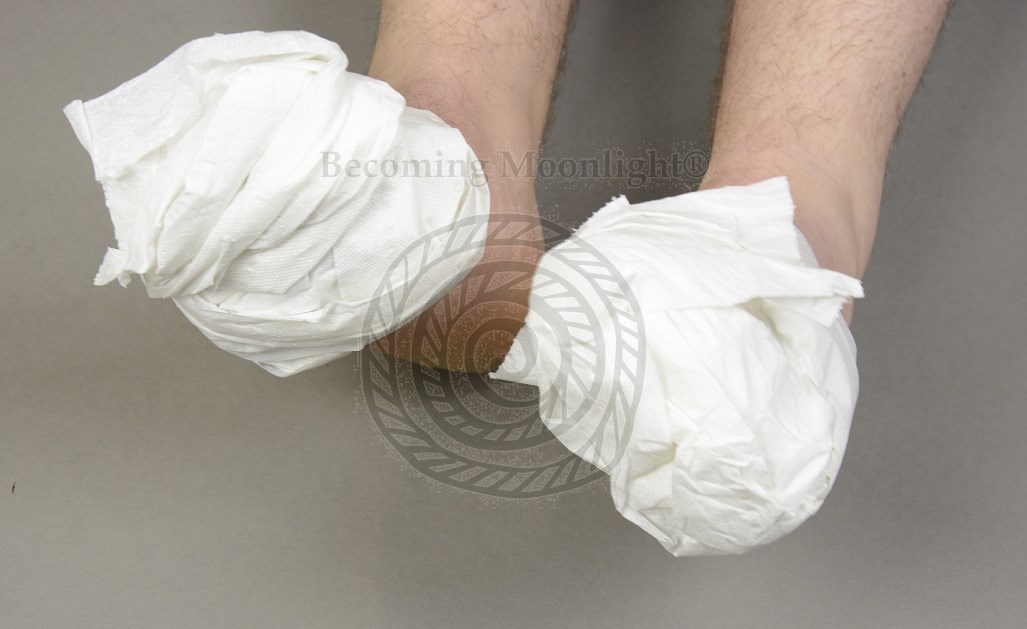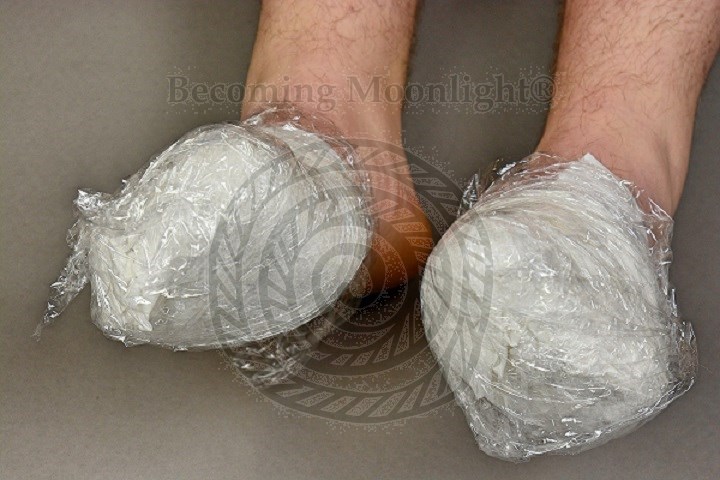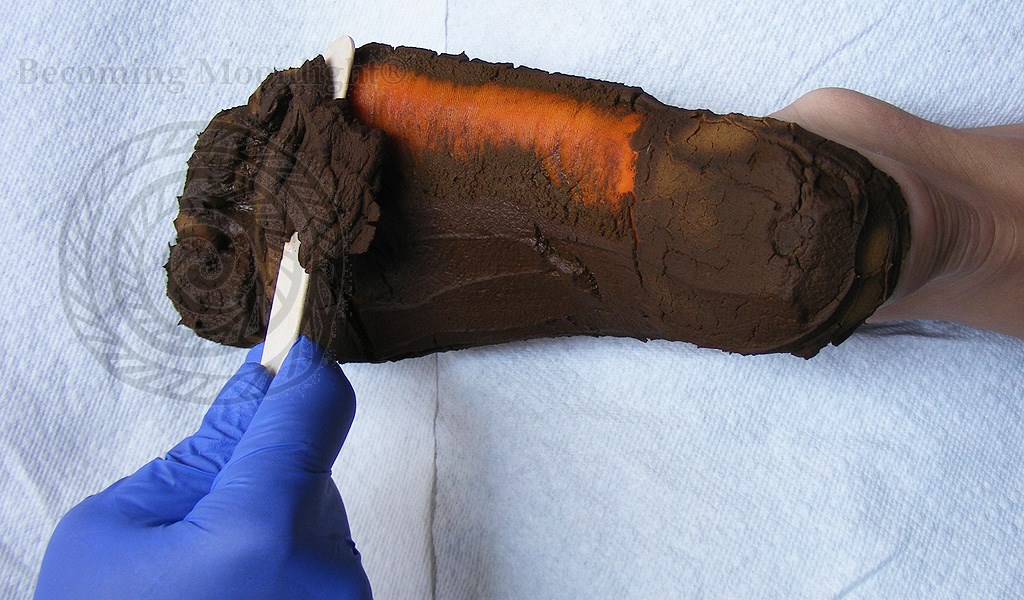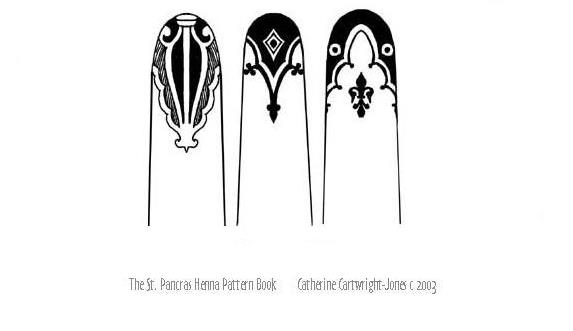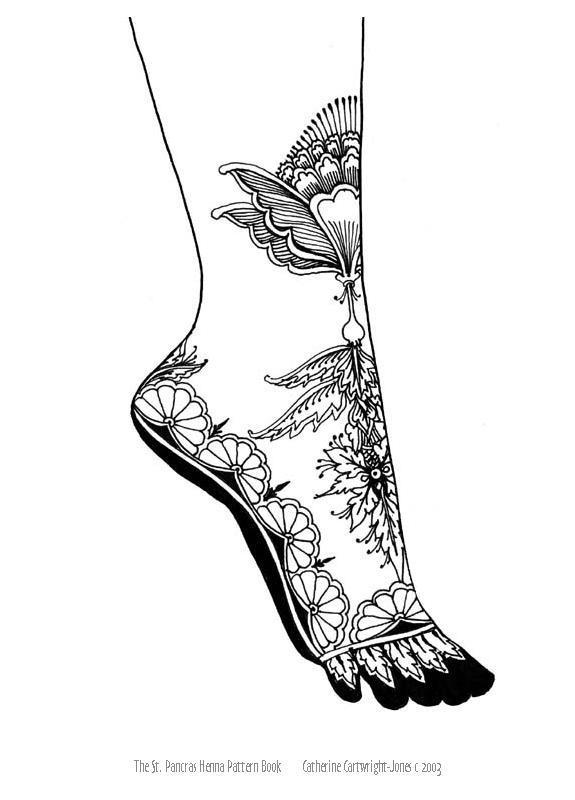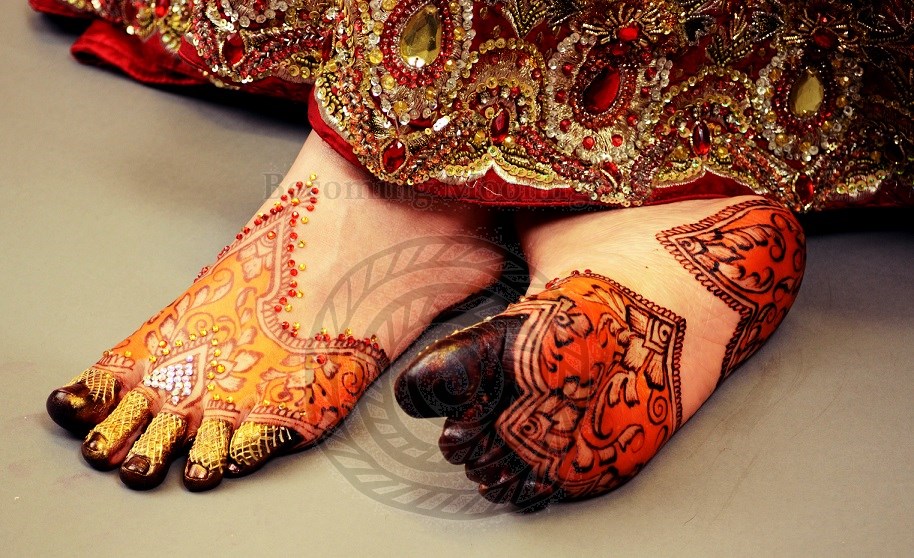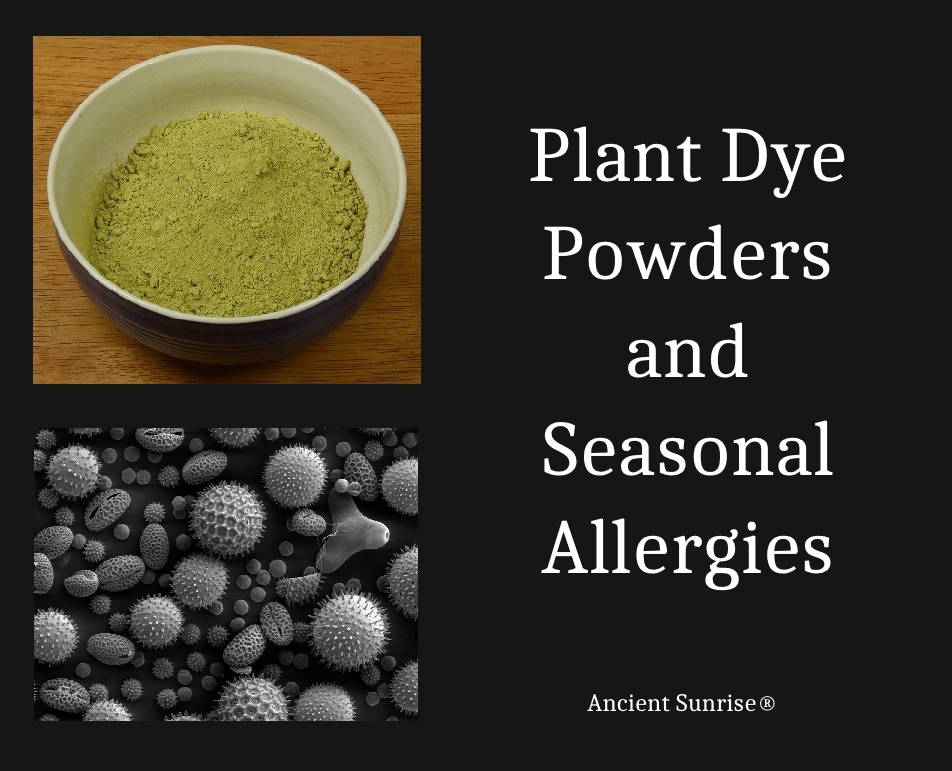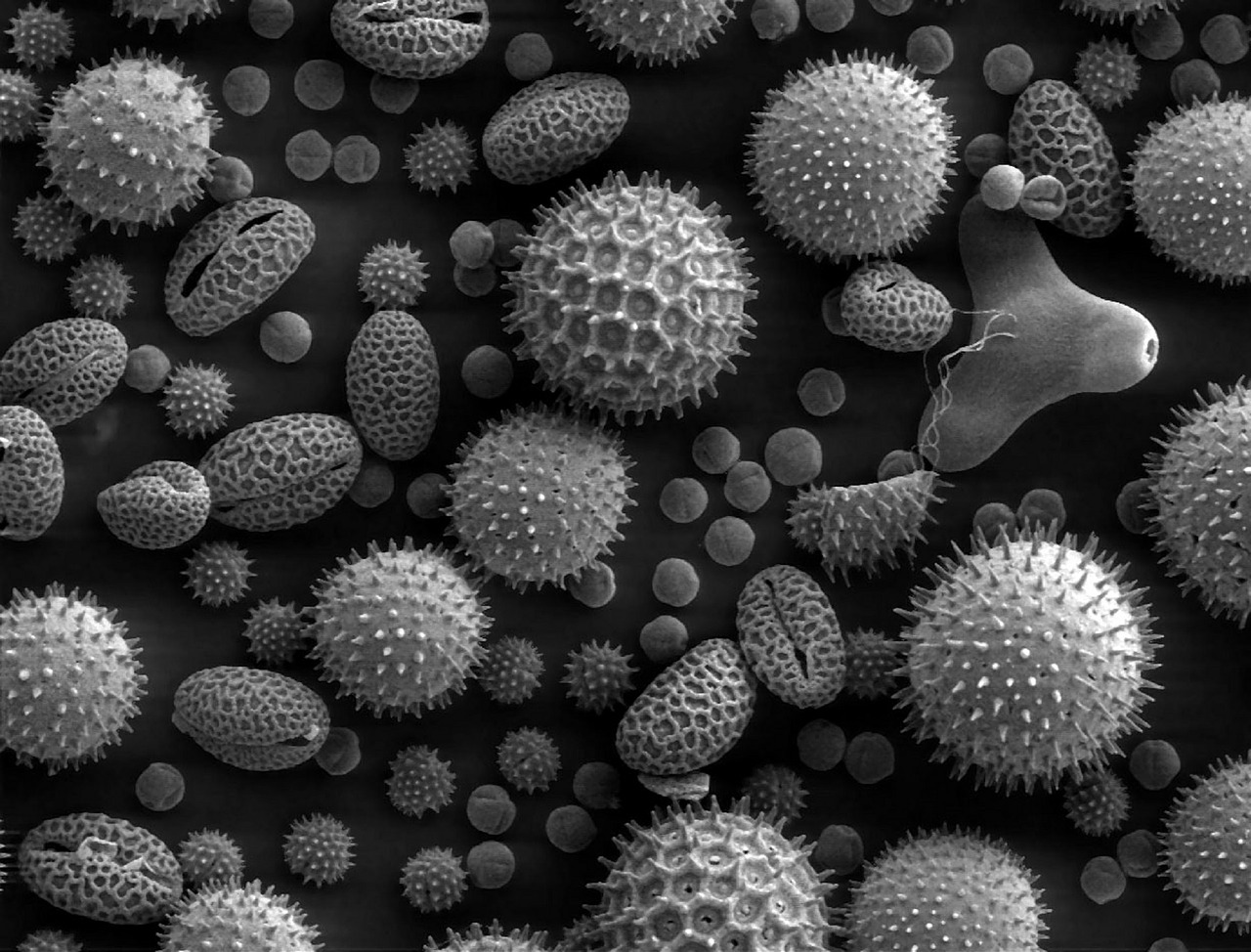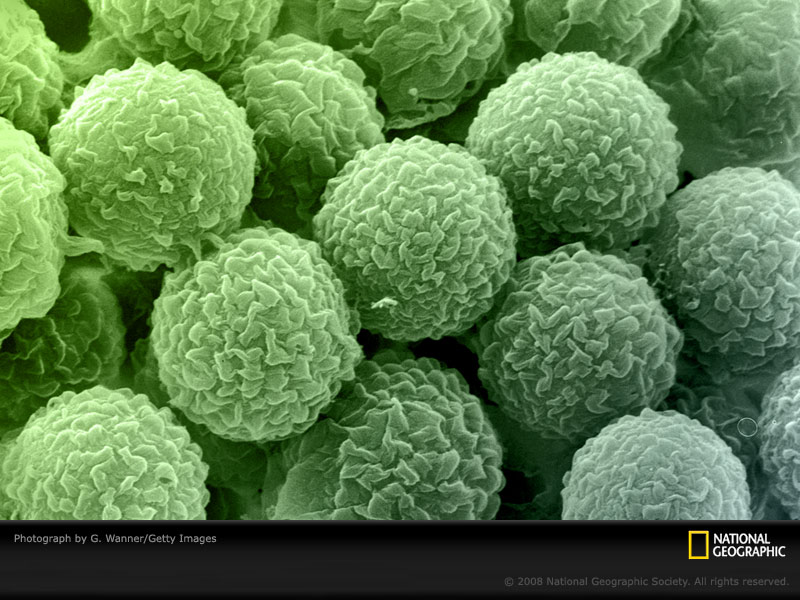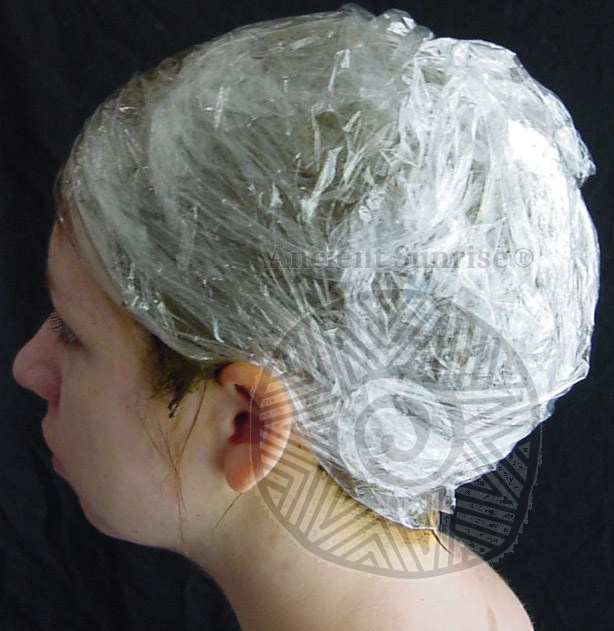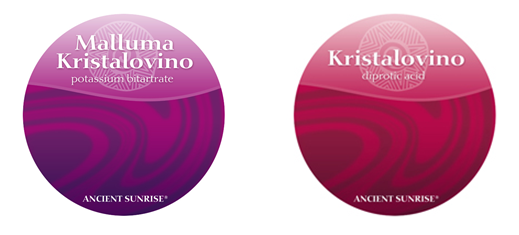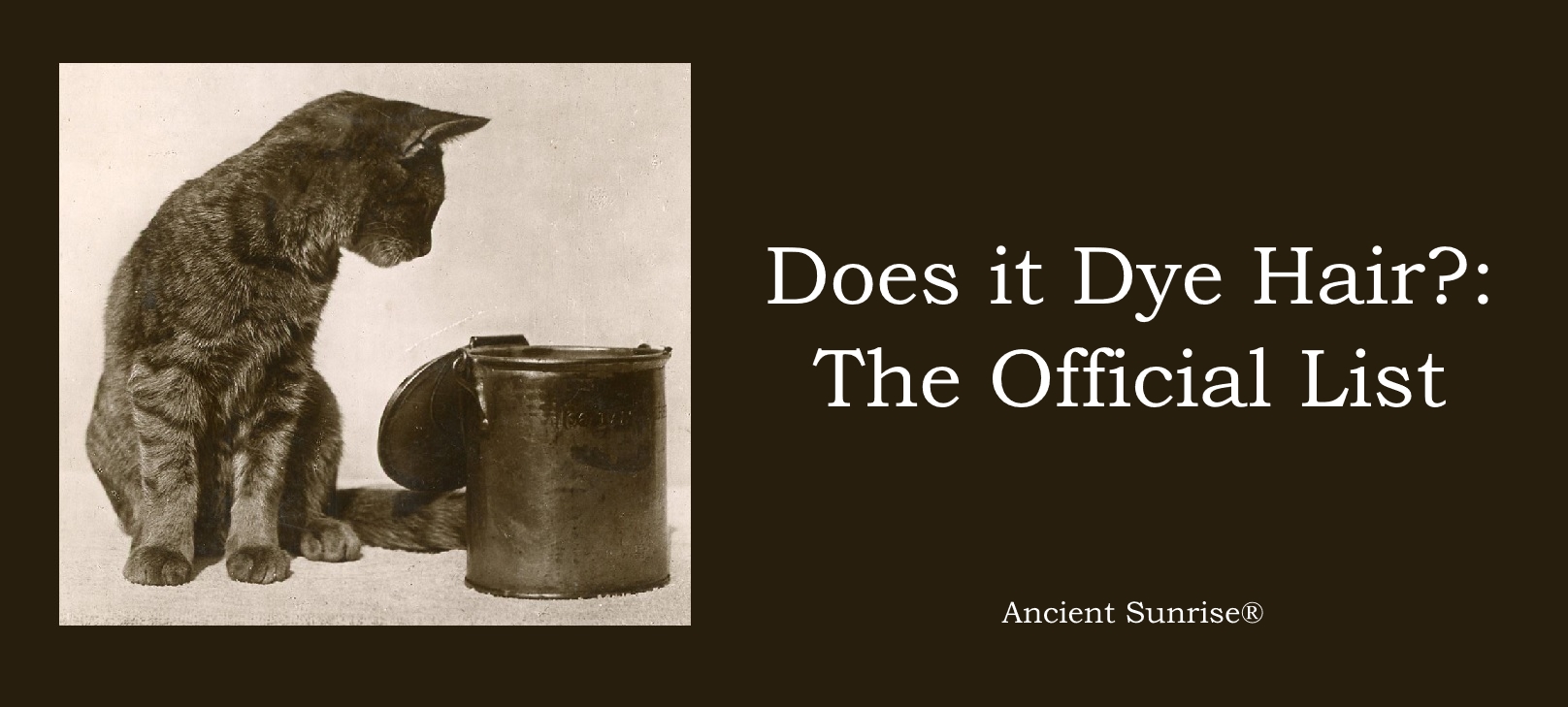
People have been using plants and other materials to change the color of their hair long before commercial hair dyes were invented. The resurgence in natural and DIY beauty has led to a long and strange list of ingredients being mixed up and put on the hair. Many of these are food items. Others are borrowed from natural fabric dyeing. However, just because something is natural and has a color does not mean that it will 1) bind permanently to the hair strand, and/or 2) be safe to use on the hair.
Many plants which will dye fabric require simmering and/or being set with a mordant. Because one should not do either with the hair, it will not work the same way. Most foods are, well, best used as foods. Eat them, and you get nutrients and a happy tummy. Put them on your head, and you get a lot of food rinsed down the drain for very little effect.
There are very, very few dyes that are capable of binding to the hair in a permanent manner. Out of these, there are fewer which are safe (Hint: if it is effective and safe, we probably sell it at Mehandi.com). At a molecular level, a dye needs a small enough molecule or a chemical reaction to break past the keratin layers on the surface of the hair strand, and then oxidize into a larger molecule that cannot easily escape back out of the hair, binding it there permanently. This is what oxidative (store-bought) dyes do.
Dyes like henna and cassia bind to the hair via a Michael addition, facilitated by the low pH environment of the paste. Despite having beautiful, vivid colors, most plants cannot dye the hair because the molecule is too large. Without simmering for long periods of time or the use of a mordant to chemically bind the dye, the color simply sits atop the hair and will wash right out.
Below is a list, in alphabetical order, of the many things people attempt to use, either mixed into a henna treatment or on its own. Each item will be examined for the following questions: 1) Does it affect hair color? 2) Is the color change permanent? 3) Is it safe? Additionally, most will include explanations for how the ingredient came to exist in hair recipes if it is not safe or effective.
Amla
Amla does not contain a dye. When used to dye-release henna, it affects the resulting color of the henna by muting brighter tones. It assists a successful indigo bind by temporarily loosening the hydrogen bonds in the hair, allowing more dye to enter. Real amla is safe. If an amla product claims to change the color of the hair, it may contain other ingredients, and may not be safe.
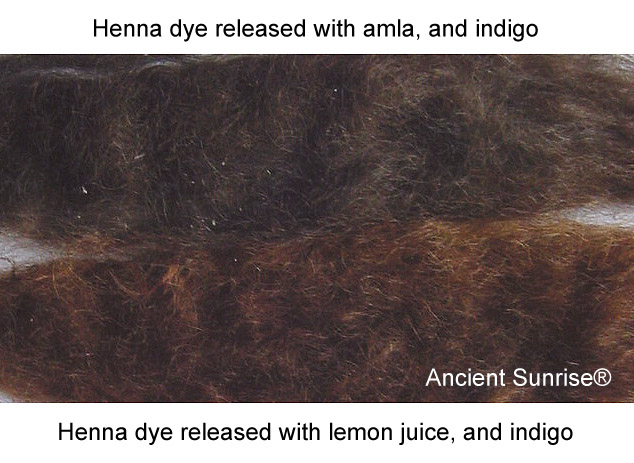
Beets
Beets will stain your hands, change the color of your urine, and can dye fabric when simmered and used with a mordant. Because you do not want to simmer and use mordants on your hair, you cannot achieve a permanent stain using beets. It is safe but will do nothing for your hair.
Black Tea
Many natural hair blogs claim that strong black tea will darken your hair. If it does, the result will be very subtle, and very temporary. Some people use black tea as their acidic liquid for henna, but it is generally not quite acidic enough for a good dye release. A strong brew of black tea may cause caffeine jitters when absorbed through the scalp. Relatively safe; not effective for hair coloring.
Blueberry
On its own, blueberries or blueberry juice will not create a noticeable change in your hair color. Added to henna as a dye-releasing liquid, the anthocyanins in blueberry juice will add a subtle ash tone to the color to cool it. This effect may fade over time. It is safe, but subtle and not permanent. Ancient Sunrise® Nightfall Rose fruit acid powder is made from powdered purple aronia fruit, which is like a hardcore version of the blueberry.
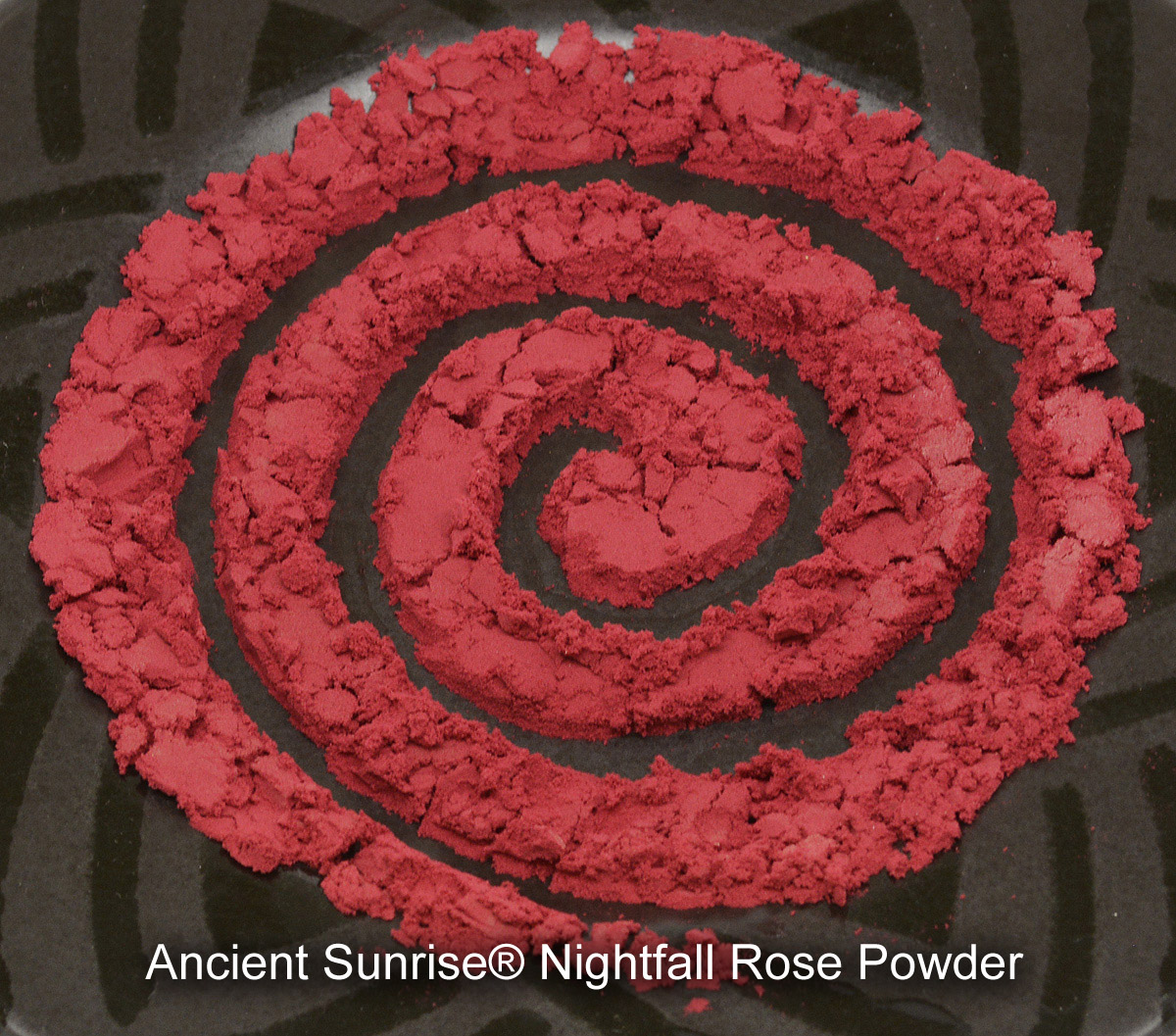
Buxus (Katam)
Buxus is mixed with henna in the same way that indigo is, to create soft brunette tones. It is safe. Here’s the problem: Buxus was produced in Yemen, which is under civil conflict. There are few if any producers of buxus left, and Yemen is not exporting goods to the US at this time. If you find anyone claiming to sell buxus, it is most likely a mixture of henna and indigo or some other type of counterfeit.
Calendula
Calendula is a bright yellow flower. It is used as a natural fabric and food dye. It is sometimes used to give a golden tone to cheese and butter. Calendula will show up in an internet search for natural ways to dye your hair. Like so many other items on this list, calendula’s dye will not break into and bind to the keratin cuticle of your hair without the use of heat and mordants.
Carrot
Carrot juice is delicious. Carrots are a good way to make friends with rabbits or horses. Despite their bright orange color, soaking your hair in carrot juice will not do much. Safe, but better eaten. Any color result that may occur will wash out.
Cassia
Hooray! The first effective contestant on the list. Cassia Auriculata will dye light hair a golden wheat color. It provides similar benefits as henna. Not quite as strong or permanent as henna, cassia may need to be applied more often, or mixed with a small amount of henna for a more effective bind. Cassia is great for diluting henna or henna/indigo mixes to great vibrant fiery reds, or lighter browns. On dark hair, cassia will not cause a color change but is great for conditioning. Cassia is very safe.
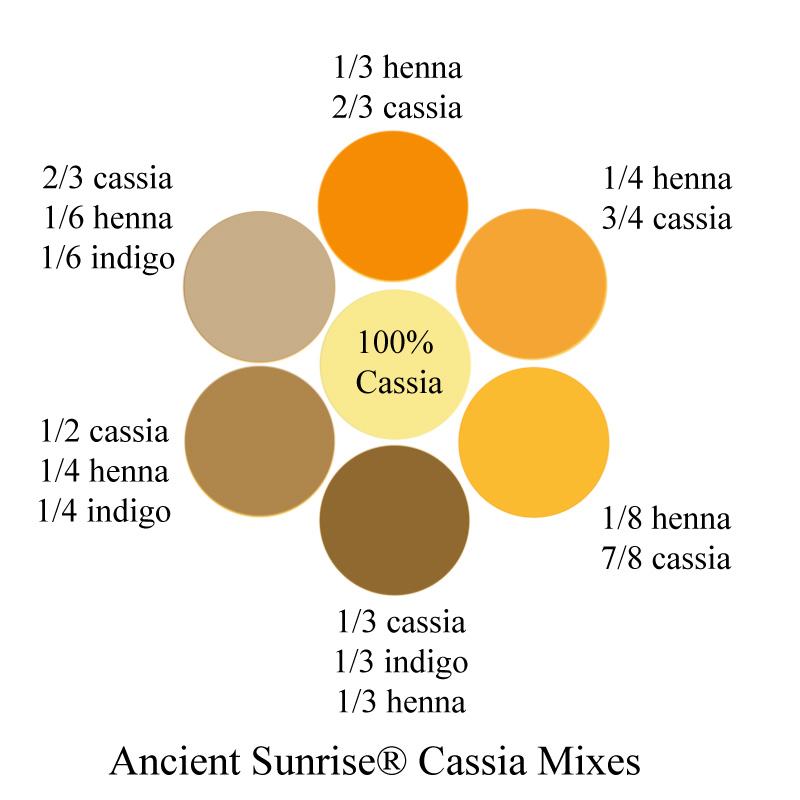
Chamomile
Chamomile shows up in natural beauty sites very often because it is supposed to naturally lighten hair. The instructions usually involve soaking hair in chamomile tea or spritzing the hair with tea in a spray bottle. Like lemon, some use it in their hair prior to going out into the sun. Chamomile seems to deliver very subtle, very slow results that appear if one’s hair is already blonde or light brown. If your hair is dark, no luck. If your hair is dyed with henna, chamomile will not remove the henna. With hair that is already light brown or blonde, it would take weeks of daily hair-soaking and dozens of tea bags to achieve a noticeable difference if any at all. Chamomile is not a strong enough acid to use for dye-releasing henna. It is safe, but drinking chamomile tea may make you sleepy.
Cherry
Many people long to have hair the same color as black cherries. That deep, purple-red is gorgeous, and sadly, only achievable with chemical dyes. Cherry juice might be a good contestant for dye-release liquid, but because of its antioxidant and anthocyanin content, not because of its color. Cherries are safe, as long as you are not allergic, and remember to spit out the pits.
Cinnamon
Cinnamon is another common ingredient in natural beauty recipes for lightening hair. It smells wonderful, but cinnamon is irritating to the skin. I once tried the cinnamon-and-honey hair mask out of curiosity, and it felt like I rubbed tiger balm all over my scalp. Like lemon, honey, and chamomile, if there is any effect at all, it would show up on hair that is already light, require several treatments, and be very subtle. Not entirely safe, and not very effective. Will do nothing to the color result of a henna mix. If you want to make your henna mix smell nice, try ginger or cardamom powder instead.
Coffee
This is one of the most common items people ask about. Some henna sites still recommend mixing henna with strongly brewed black coffee. Coffee seems to temporarily darken the hair, but caffeine is transdermal and will cause jitters and headaches if you leave it on your scalp for several hours. You will also have to put up with the smell. Imagine breathing through a used coffee filter for three hours. A coffee “rinse” would do nothing. Do not put coffee in your mix. If you want to darken your henna, add a little indigo.
Dandelion
Bright yellow flower. Fun for making wishes. Used in salads. See Calendula above.
Henna
Pure, BAQ henna is safe, effective, and permanent. But if you are reading this blog, you might know that by now. Feel free to read the other articles to learn all about how to use it. Henna allergies are extremely rare. Henna’s dye molecule binds to keratin and will not fade. Because henna is not well regulated, all henna is not equal. Make sure you know the difference between true henna and compound henna, which is unsafe and contains a number of additives.
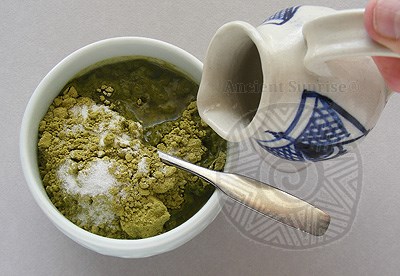
Honey
Honey produces small amounts of peroxide, which can bring out some highlights to hair that is already light. The effect is minimal. It will not do anything to dark hair. Do not add it to a henna mix; it will inhibit dye uptake. It is safe unless you are an infant, or allergic to honey. Honey is great with some peanut butter on toast. It is also nice in tea. In your hair, it is a sticky mess that won’t do much.
Indigo
Used in conjunction with henna, indigo creates permanent shades of brunette. On its own, it may dye lighter hair a gray-blue color, which may fade. Henna helps indigo bind permanently. It is safe. Some with mold allergies notice a reaction to indigo. Patch test beforehand if concerned, and avoid inhaling powder particles. Read more about indigo here.
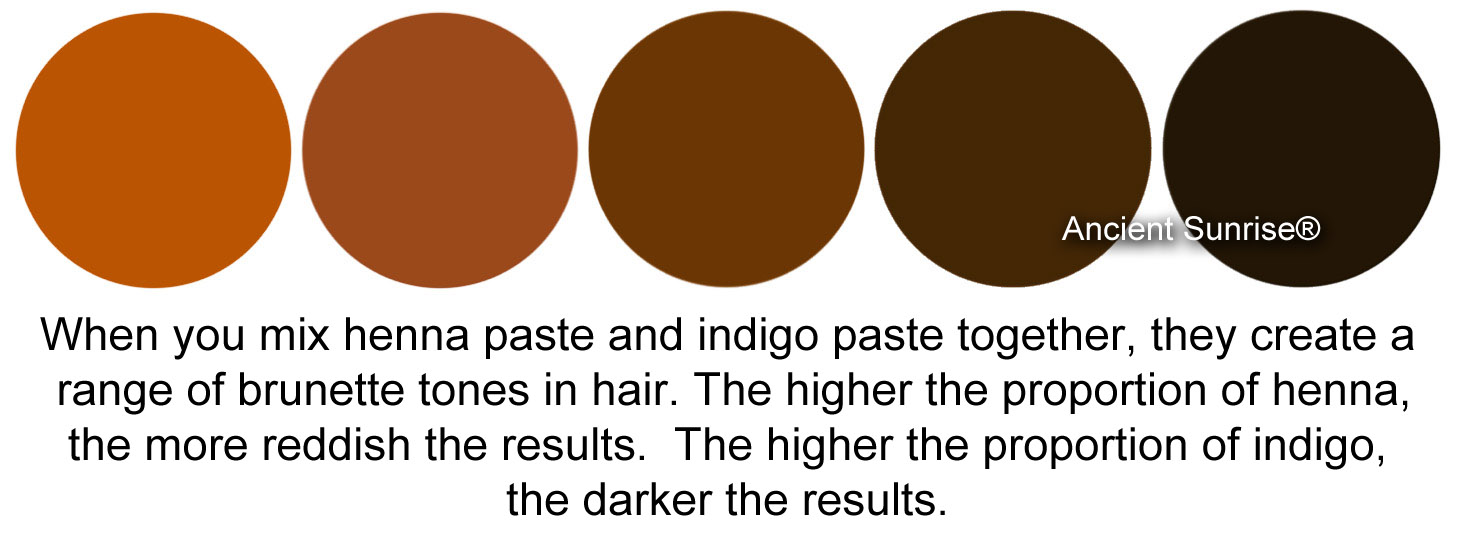
Jagua
Jagua is derived from the fruit, Genipa americana which grows in South America. Its juice has been used in body art to create deep blue stains on the skin. Jagua is extremely expensive. The amount of jagua juice needed to mix with 100g of henna powder would be over a hundred dollars. Not worth it. Jagua is also known to cause allergies in those who are allergic to certain fruits. Some distributors may sell products containing PPD claiming it is pure jagua. Verdict: Not for hair, expensive, and proceed with caution.
Kool-Aid
Dyeing hair with powdered drink mixes is popular among young people because it is cheap, temporary, and can result in unnatural colors. The high concentration of food dyes can cause a temporary stain on lighter hair. It is relatively safe, but not permanent, and not necessarily “natural.” It will probably stain your clothes and pillowcase as it fades off. Adding it to henna would probably not do anything, as the lawsone would greatly overpower any food dye.
Lemon
Lemon juice has been used to add highlights to blond hair. It works similarly to peroxide. You will not see much change in darker hair. It will not lighten hair that has been dyed with henna. When used as an acid in a henna mix, the low pH will actually cause the resulting stain to oxidize greatly over time, causing a darker color. Those who are sensitive to citrus may notice an itchy, bumpy, or red scalp when using henna mixed with lemon juice. It can also cause UV sensitivity. When used with henna, it is smart to dilute lemon juice with 3-4 parts distilled water.
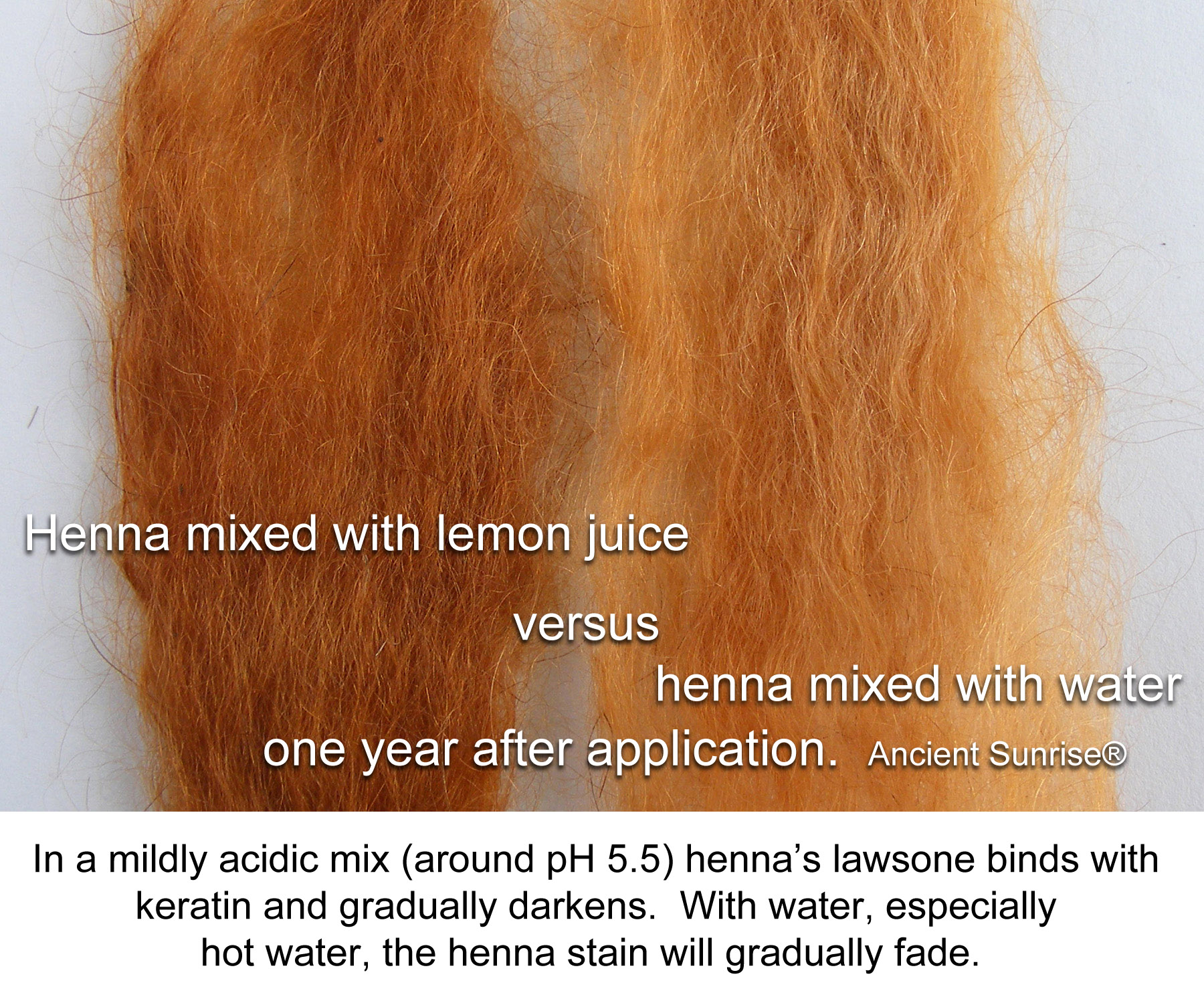
Hibiscus
This is another plant that is popular in natural beauty blogs. Hibiscus is a beautiful red flower with a sweet, tart flavor. The flowers are dried and sold whole and in powder form. According to those who recommend using it, hibiscus supposedly brings red hues to the hair. If effective, the result would be very temporary. Hibiscus is high in anthocyanins, so if there is any effect of it being mixed with henna, it would act more like Ancient Sunrise® Nightfall Rose fruit acid powder, or blueberry juice, cooling the henna color rather than adding red tones. Hibiscus makes for a delicious cold summer drink. Save it for that, instead.
Iron (rust)
Some cultures have mixed henna in iron containers, and this recommendation has come through to blogs and natural sites today. Some sites recommend adding a few rusty nails (or any rusty iron item) into the henna if you do not have an iron pot. A low-pH liquid would react with the iron to create iron oxide, which may impart a dark color to the hair temporarily. You do not want minerals in your hair. Not only does mineral buildup inhibit dye uptake, but can cause the hair to become stiff and dry. This is why we recommend clarifying the hair before applying henna and using distilled water.
Note: This is not to say that henna and metal should never mix. Henna can be mixed in stainless steel bowls, or with any run-of-the-mill spoon just fine.
Nettle
Nettle has been recommended on some natural beauty sites claiming it will darken hair and stimulate growth. It can dye fabrics but requires simmering and mordants to do so. There will be little to no effect on hair. There are no studies that show significant effects on hair growth. While nettle can be eaten, or used for tea, harvesting nettle from the great outdoors can result in some nasty stings.
Onion
This is another one pulled from fabric dyeing. Onion skins can dye fabrics a lovely yellow color. It will not work on hair. Some claim that rinsing hair in water that has been boiled with onion or onion skin will promote hair growth. This claim has not been proven. Do yourself and others a favor, and do not put onions in your henna, or in your hair at all. You will end up smelling like onions for no reason.
Pomegranate
Pomegranates have an absolutely beautiful color, and anyone who has opened one will know that the juice can stain your skin, clothes, and cutting board. It will not stay in your hair. There’s nothing wrong with using it as your dye-release liquid, other than expense. It is high in anthocyanins, so it would most likely work similarly to blueberry juice.
Raspberry
See: Blueberry, Cherry, and Pomegranate. Safe, and decent for a dye-release liquid; will not dye hair.
Red Cabbage
You may have done the experiment in science class where you use cabbage juice as a pH indicator. If not, it’s pretty cool. The purple liquid turns shades of pink when mixed with an acid, and blue to green when mixed with a base. Fabric dyers can use this to their advantage to create a variety of shades. I feel like a broken record by now but guess what. Works with simmering and a mordant; won’t work on hair.
Rhubarb
Rhubarb supposedly adds a golden tone to light hair. It is recommended on natural beauty sites and is sometimes included in “herbal” or “natural” hair dye mixes. Despite its pretty, red stalks, rhubarb will not add red tones to the hair. It contains chrysophanic acid, the same molecule responsible for cassia’s golden results. However, rhubarb root creates a very vivid, unnatural yellow that isn’t generally desired as a hair color. In addition, the dye does not bind well and fades over time. Better saved for fabric dyeing and pies.
Rosemary
Rosemary oil has long been recommended and used for hair growth and darkening hair. After scouring research databases, I found one clinical study which showed the effectiveness of rosemary oil against androgenetic alopecia, and none on hair darkening. Because only the abstract was available I could not make a determination on the soundness of the study. The claimed hair-growth effect is due to rosemary’s rubefacient quality. Rubefacients are by their nature, irritants. They stimulate circulation (redness) in the skin by dilating blood vessels. Do not put essential oils in henna. They dull the resulting color and can cause headaches.
Saffron
Holy expense. Not only will it fail to alter your hair color, but a gram of real saffron can cost up to $25. It is the most expensive spice in the world, and counterfeit/adulterated saffron is common. Saffron rice is delicious. If you get your hands on some real saffron, make rice. Safe, expensive, and pointless for hair.
Sage
Similar claims as Rosemary. Just like Rosemary, there is no definitive proof of sage’s ability to dye hair. Pretty safe. Good for clearing your home of ghouls and ghosties, or bad smells. Not effective for coloring hair.
Para-phenylenediamine (PPD)
NOT SAFE. Para-phenylenediamine is the active ingredient in most commercial hair dyes and is highly sensitizing. Yes, it effectively colors hair. It is also known to cause serious allergic reactions. Sensitivity to PPD is increasing due to the popularity of “black henna” tattoos, which use a concentrated form of dye. As a coal tar derivative, it is not natural. Read more about it here, here, here, and here.
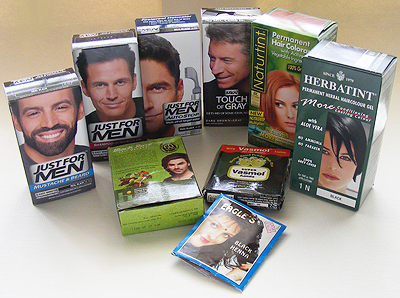
Most commercial hair dyes contain PPD. Even products labeled “natural” or claiming to be henna can have PPD.
Tomato
If you’ve ever spilled pasta sauce or ketchup on your clothes, you were probably quite happy to find that the stain did not stay permanently. Soaking your hair in tomato juice is not an effective way to dye your hair, and like many other items on this list, any color result obtained will wash out. Tomatoes are acidic, so I can’t think of anything wrong with using tomato juice as a dye-release liquid, other than the fact that it would smell very strange. Better idea: enjoy a Bloody Mary while the henna is in your hair.
Turmeric
Turmeric gives curry dishes their bright yellow color. It is used in fabric dyeing. When mixed with an alkaline solution, turmeric’s ochre yellow color turns vivid red. When turmeric paste is rubbed onto the skin, it will leave a yellow stain. Turmeric may temporarily stain light hair yellow but will wash out quickly. Be prepared to turn your tub and towels yellow. Safe; beautiful color; will not dye hair.
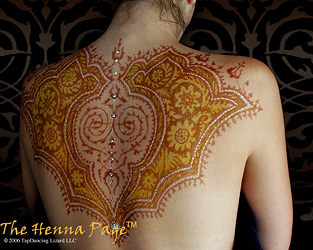
Turmeric was used to stain the skin yellow in this body art piece. It will fade away after a good scrub.
Walnut
Black walnut powder has been sold on its own and in pre-mixed henna powders. It leads to darker results. Black walnut will dye hair but has a high risk of allergic reaction. Indigo will work just as well, if not better. Somewhat effective, but not as safe.
Woad
Mehandi.com no longer carries indigo for body art due to it being hard to resource.
Woad is one of the most ancient dyes, used to dye fabrics “Celtic blue.” It is speculated that the Celts also used it on their skin, as seen in the movie Braveheart. The process is extremely smelly, like rotten cabbages. The dye molecule, indigo, in woad is the same as it is in the indigo (indigofera tinctoria) plant. Just use indigo plant powder. It is easier to get your hands on and doesn’t have the stink. If you want to paint yourself blue.
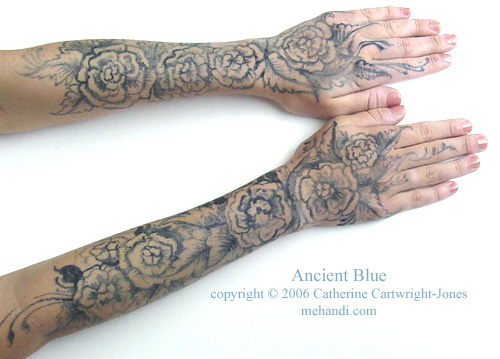
Ancient Blue® is an indigo product that mimics the use of woad on the skin, without the cabbage stink.
Final Notes
All in all, it is best to keep a henna mix to its bare essentials and to keep food for eating purposes. Many foods do have nutrients that are beneficial for hair and skin, but in order to take advantage of them, you need to process them through your digestive system. Additionally, if you don’t already have these items laying around, going out and finding them only complicates and adds expense to your henna method, for no real pay-off.
Please don’t hesitate to contact Ancient Sunrise® Customer Service if you have any additional questions. If there is an item you’d like to see added to this list, please comment below.
Author: Rebecca Chou 2/23/18
Edited: Maria Moore 11/16/22
